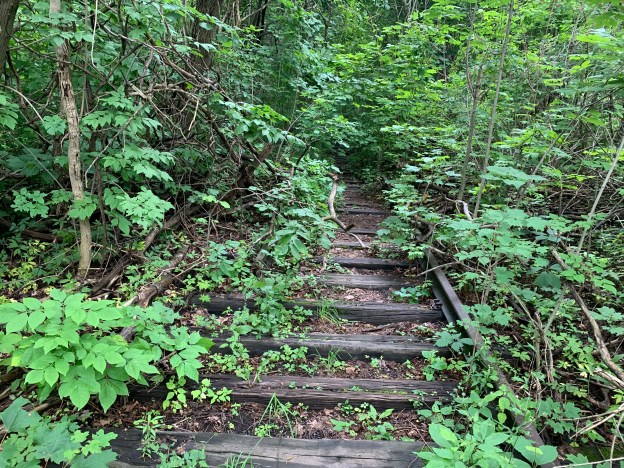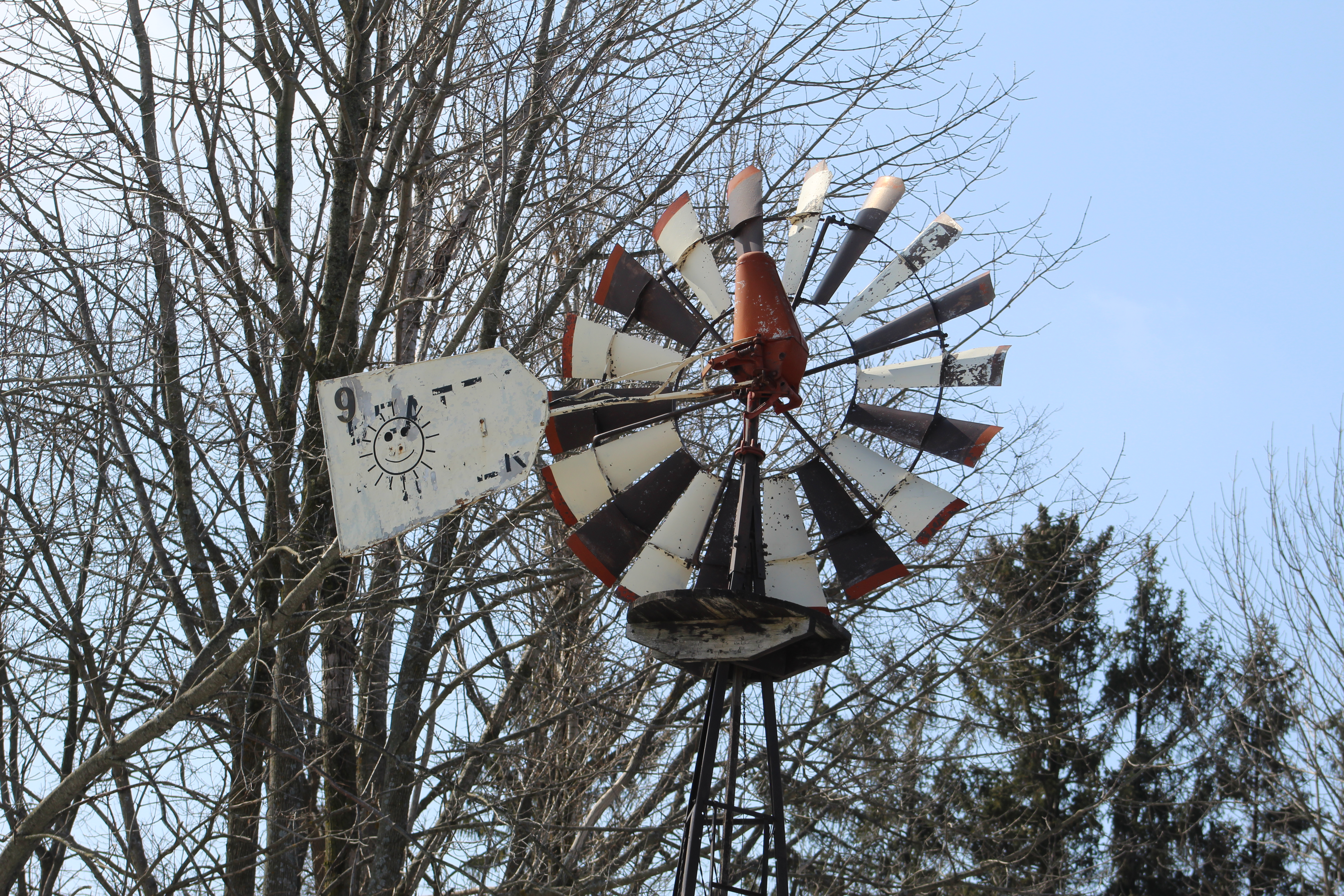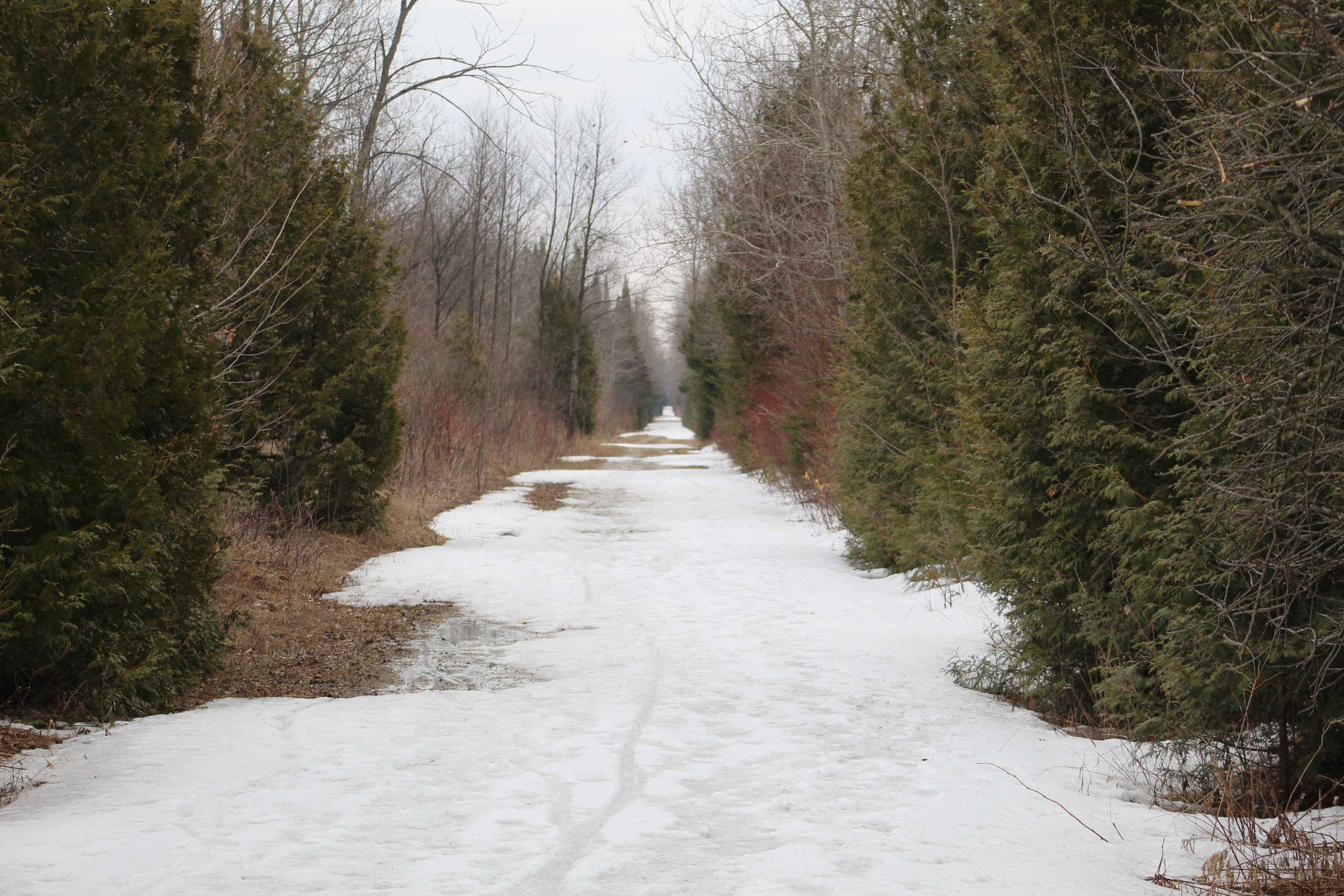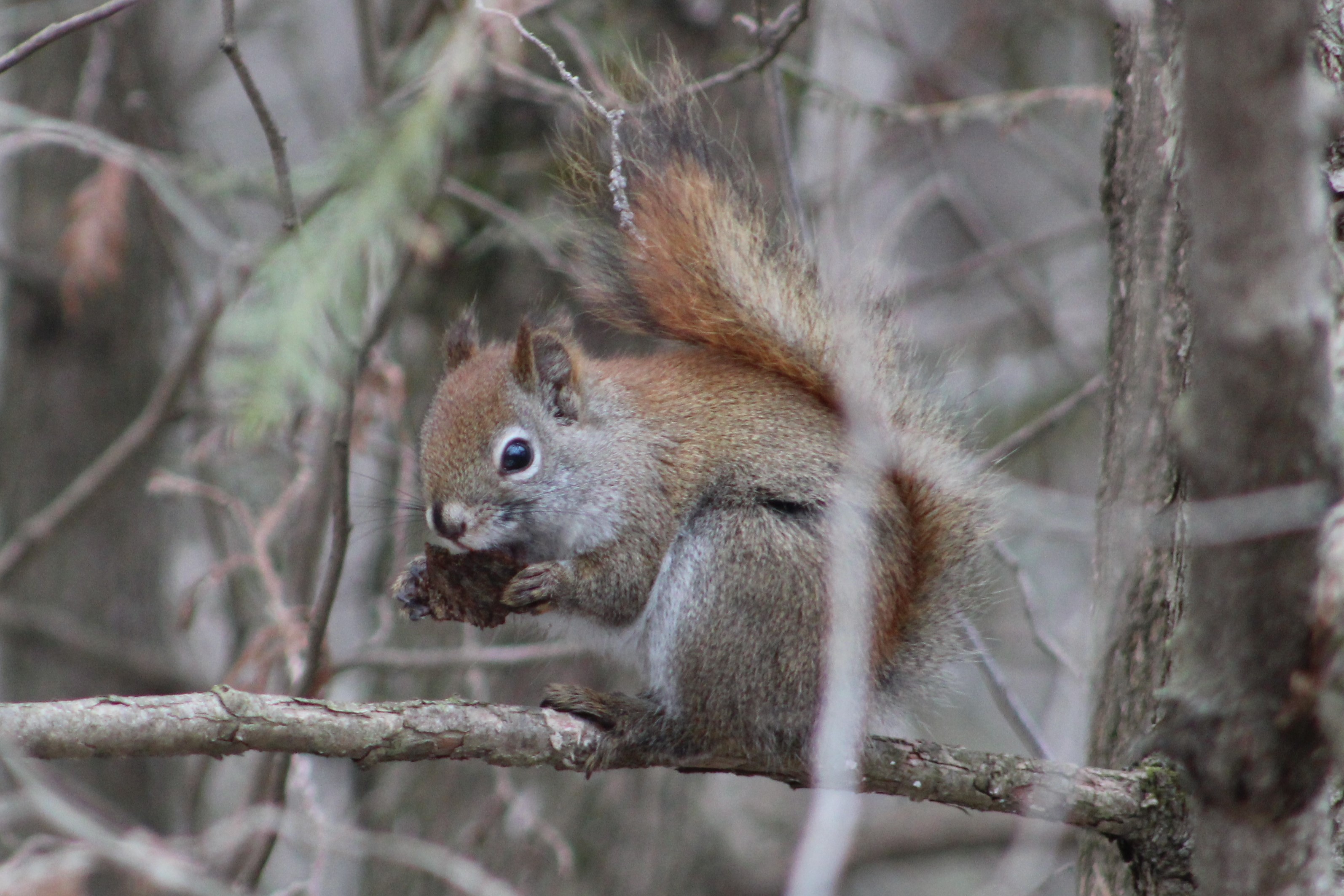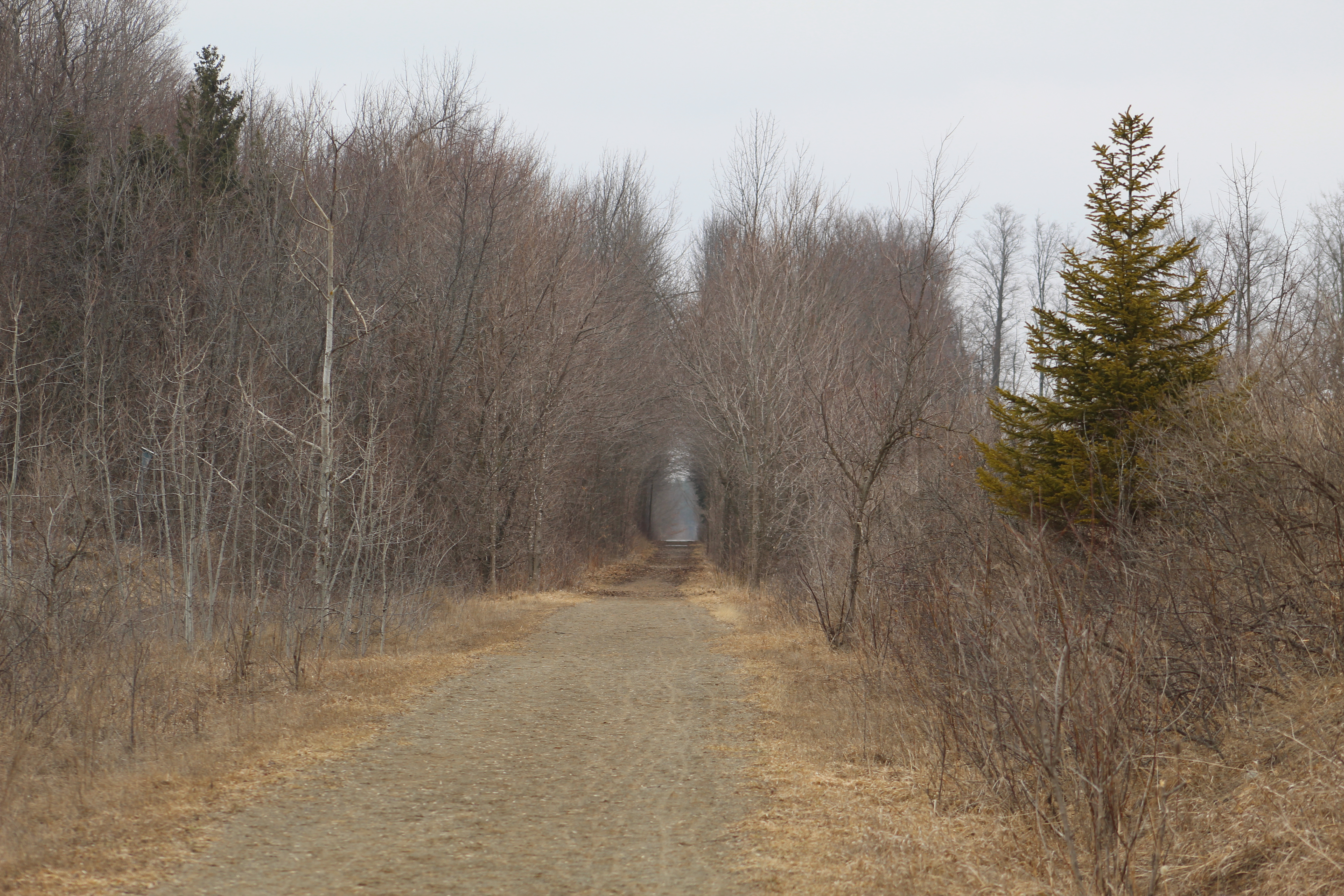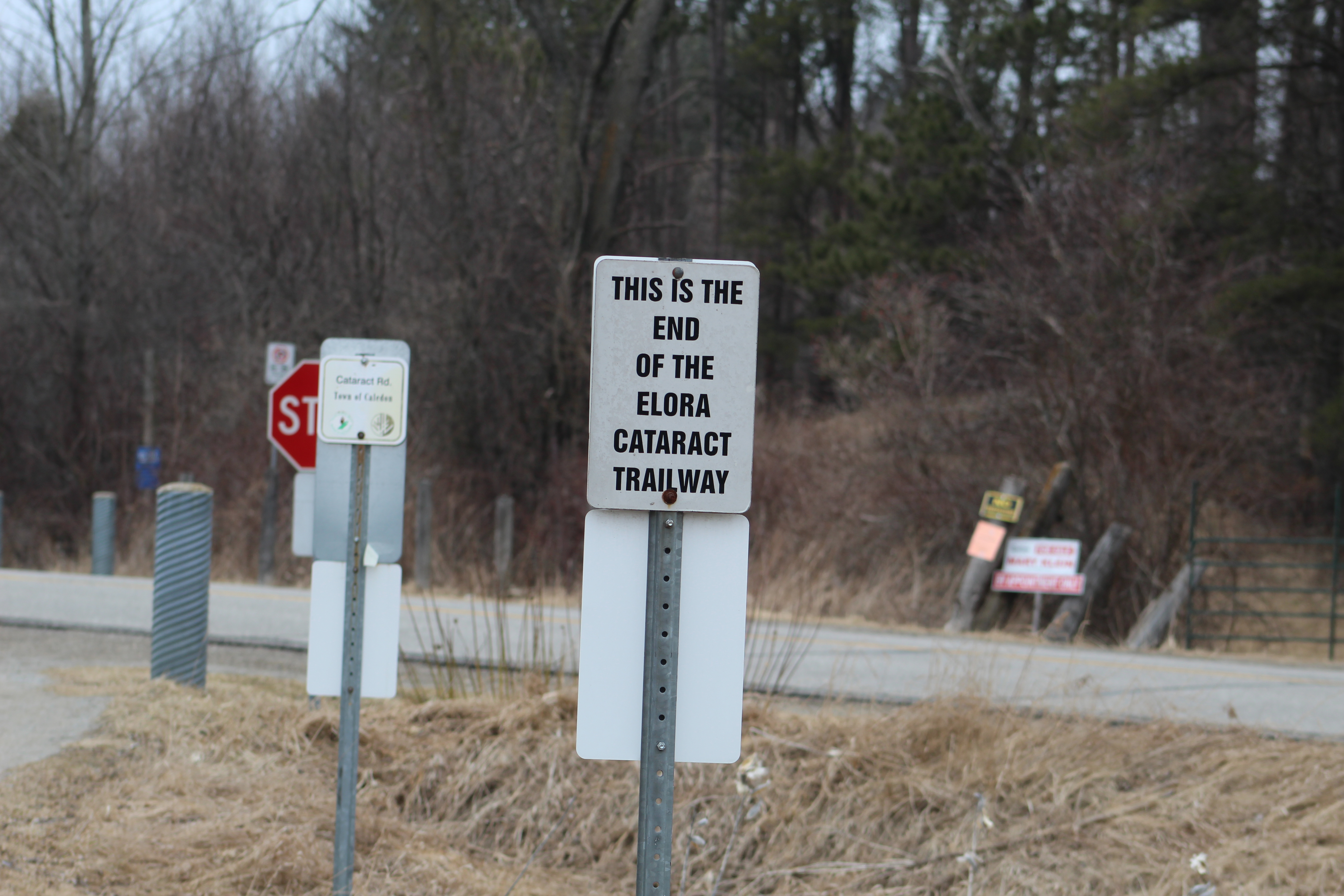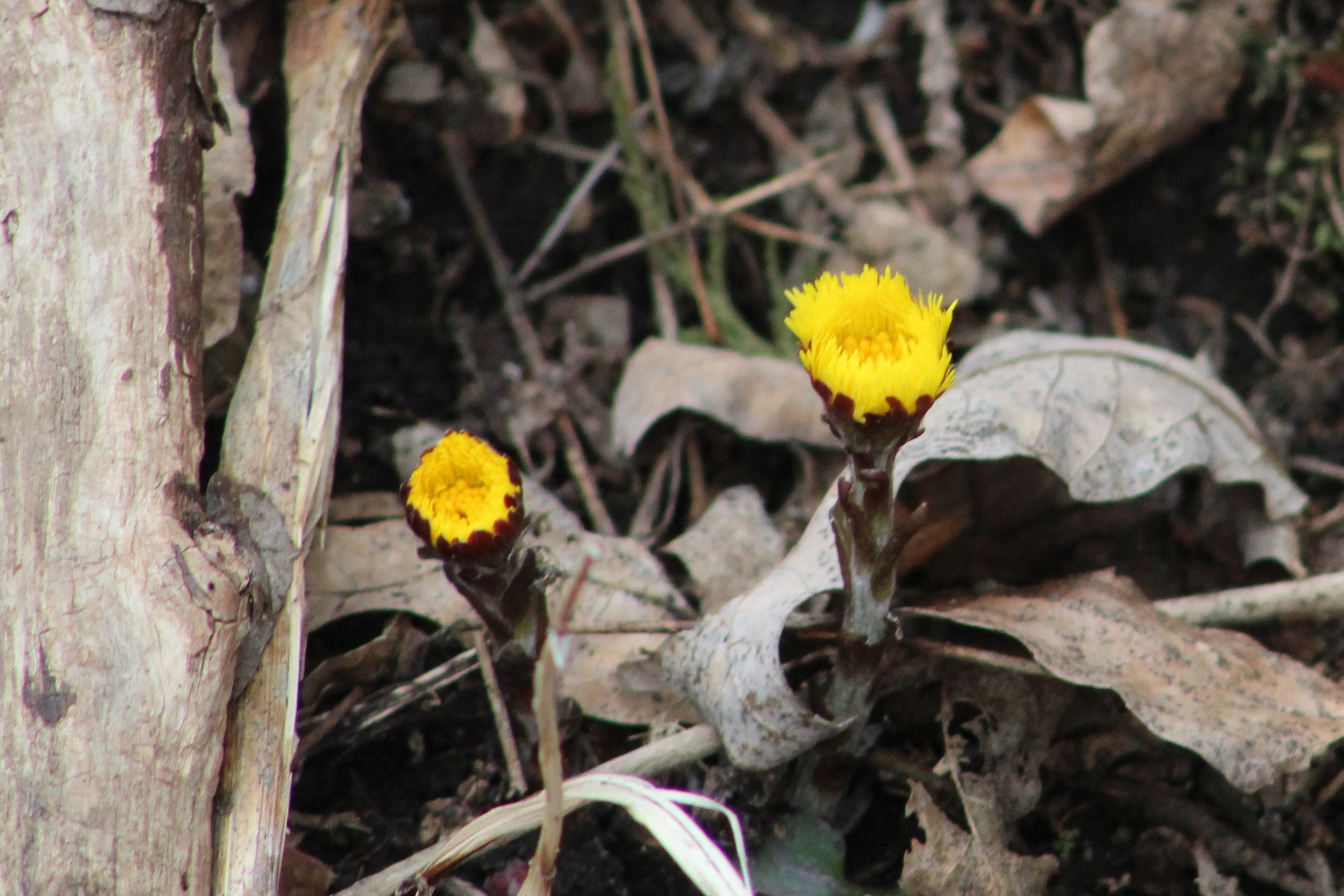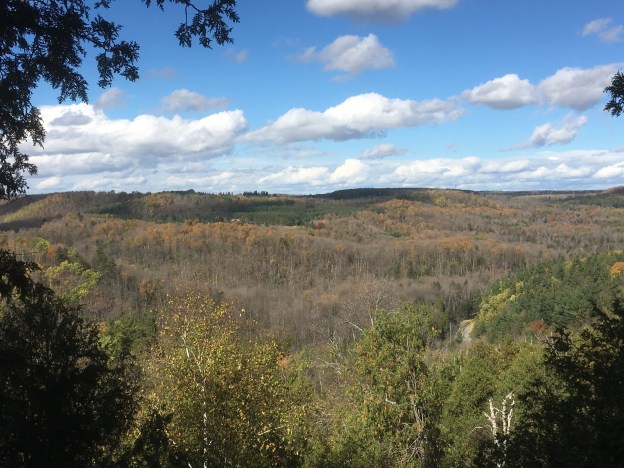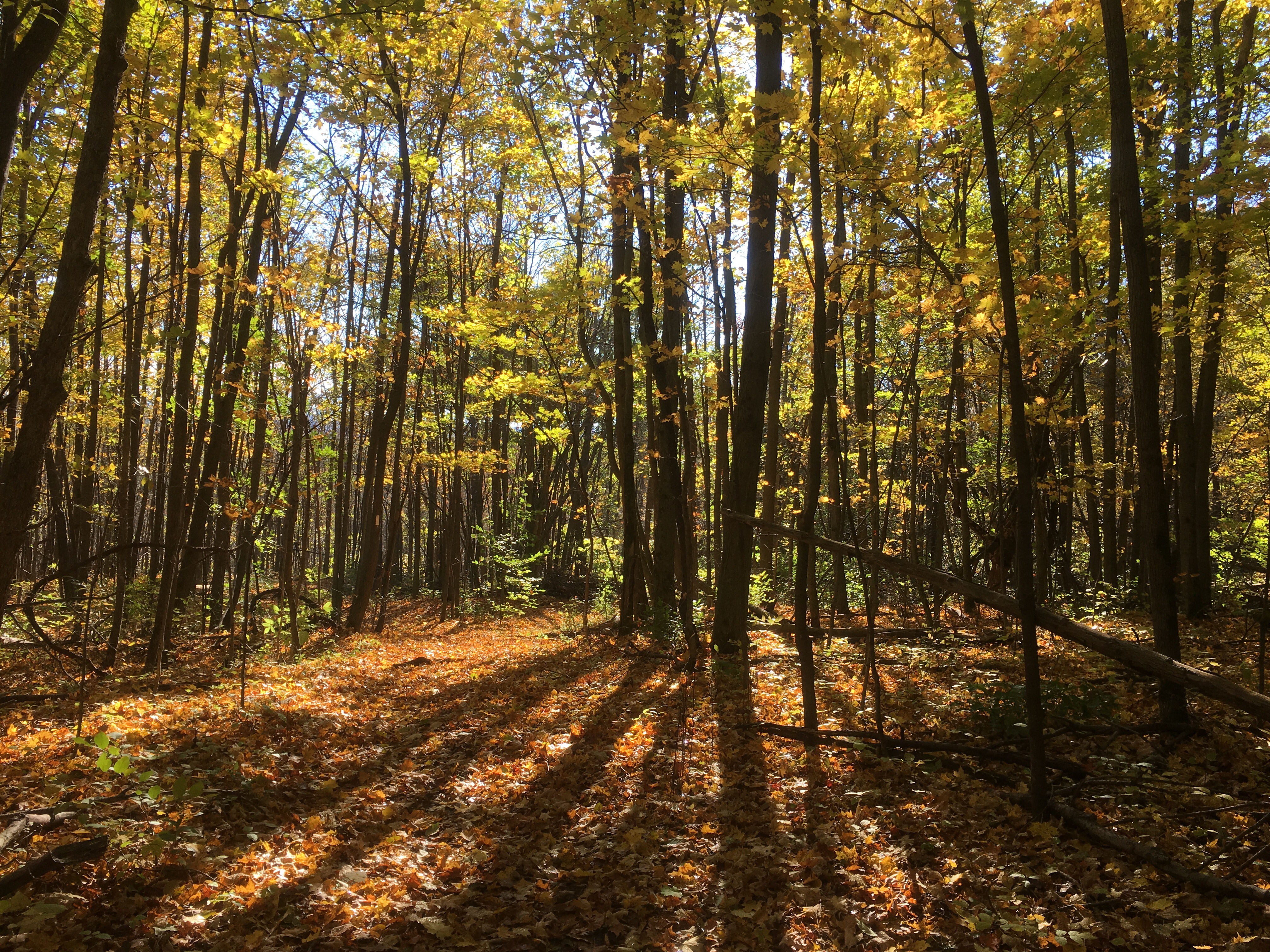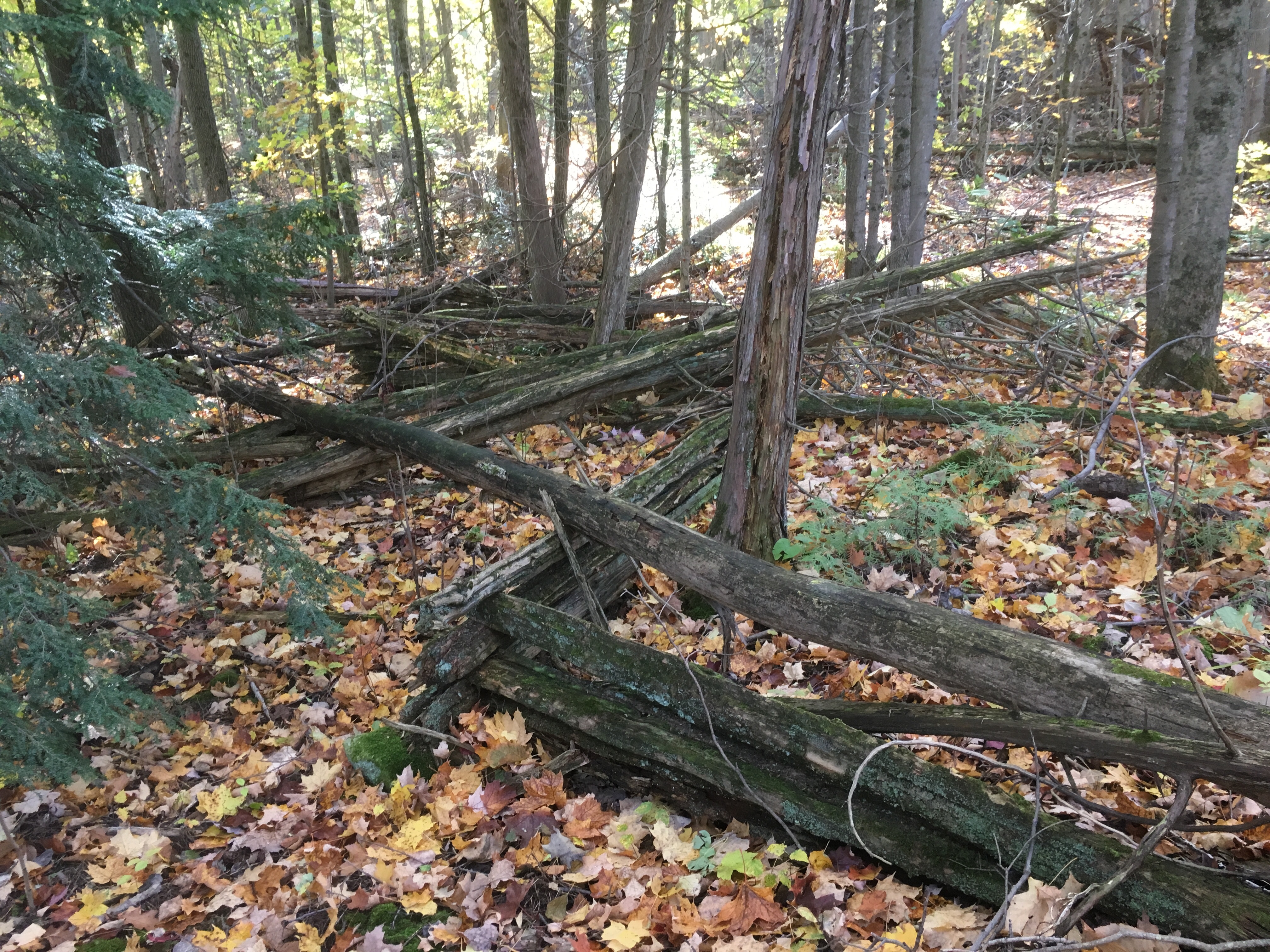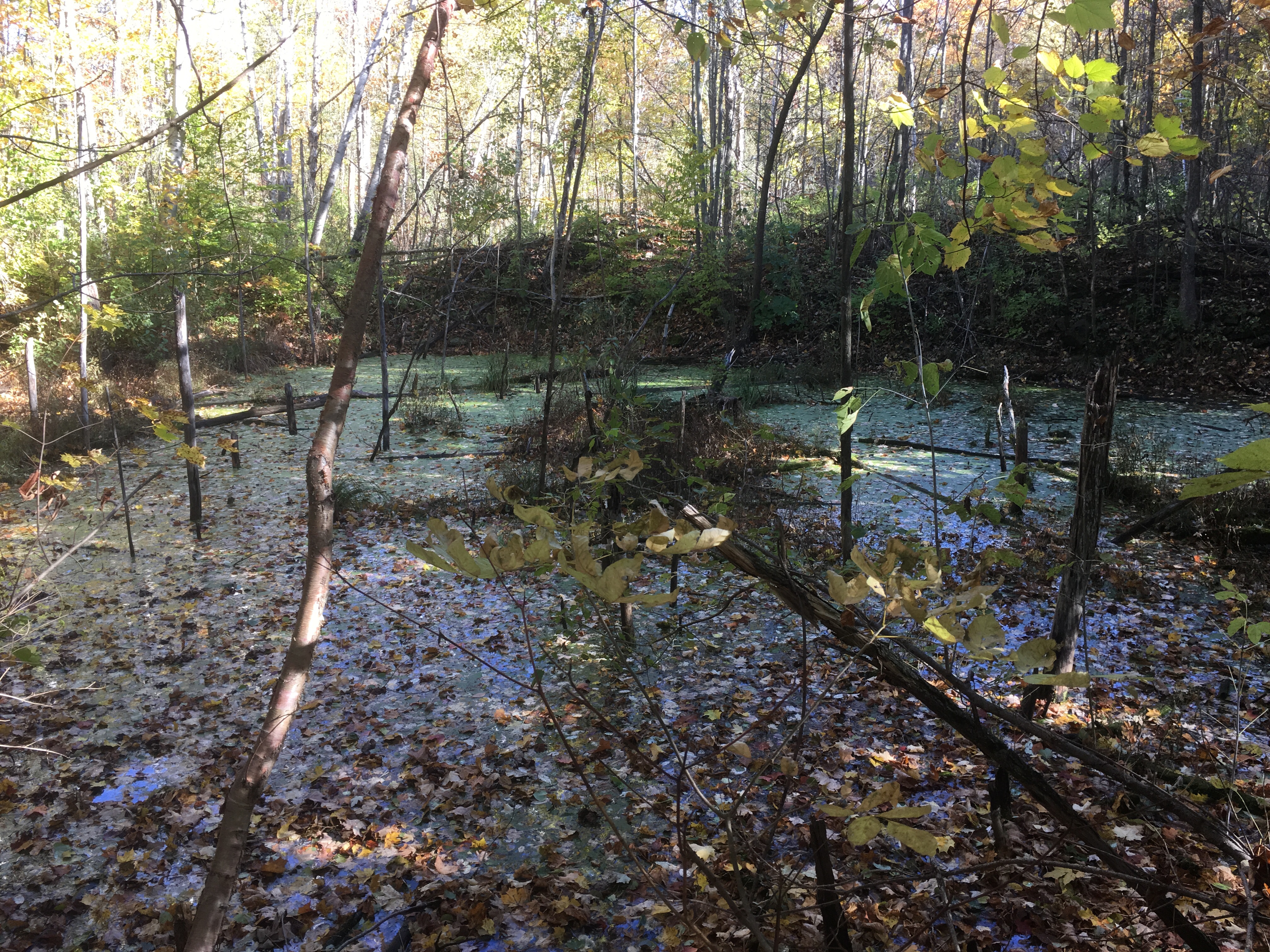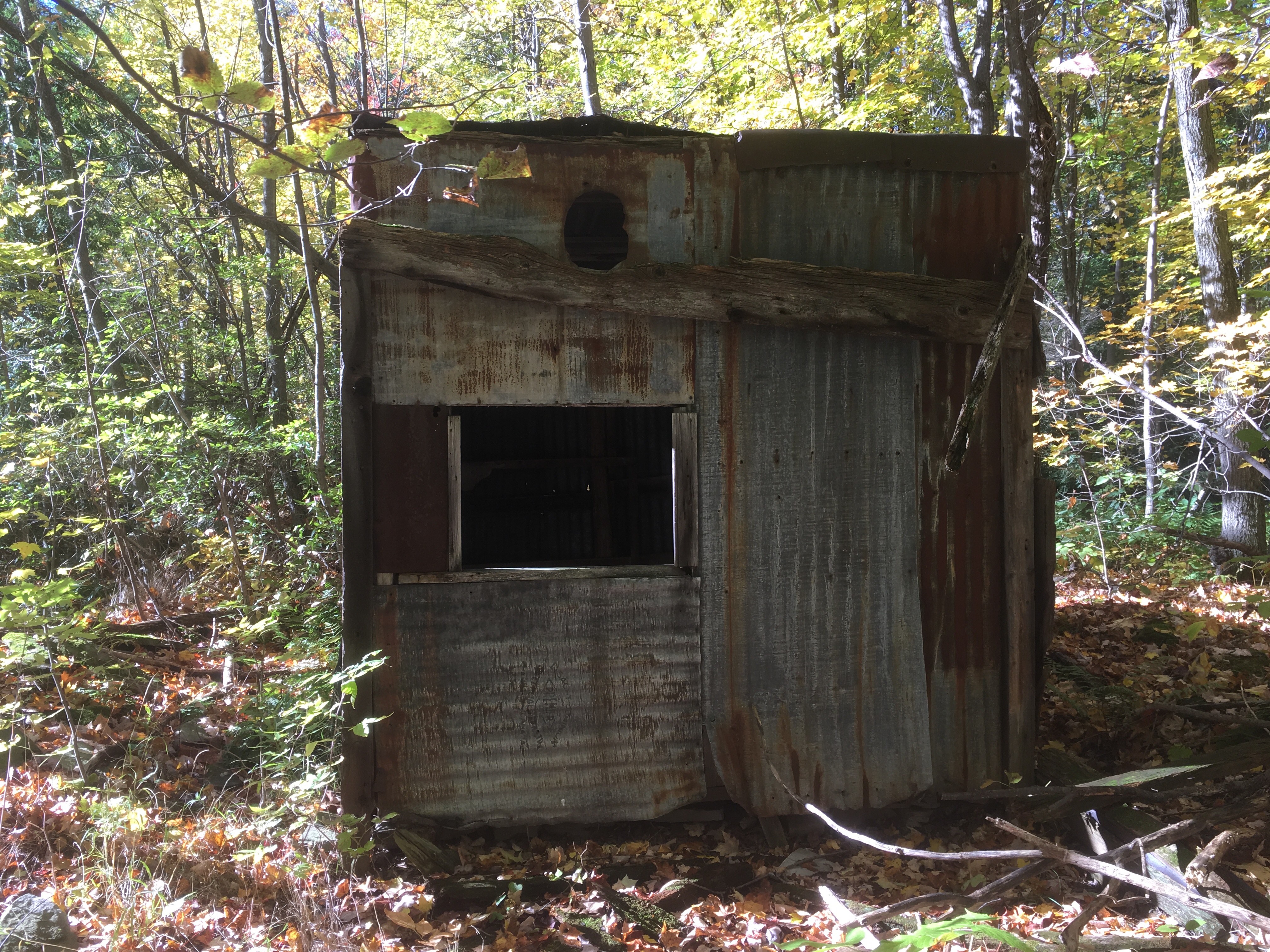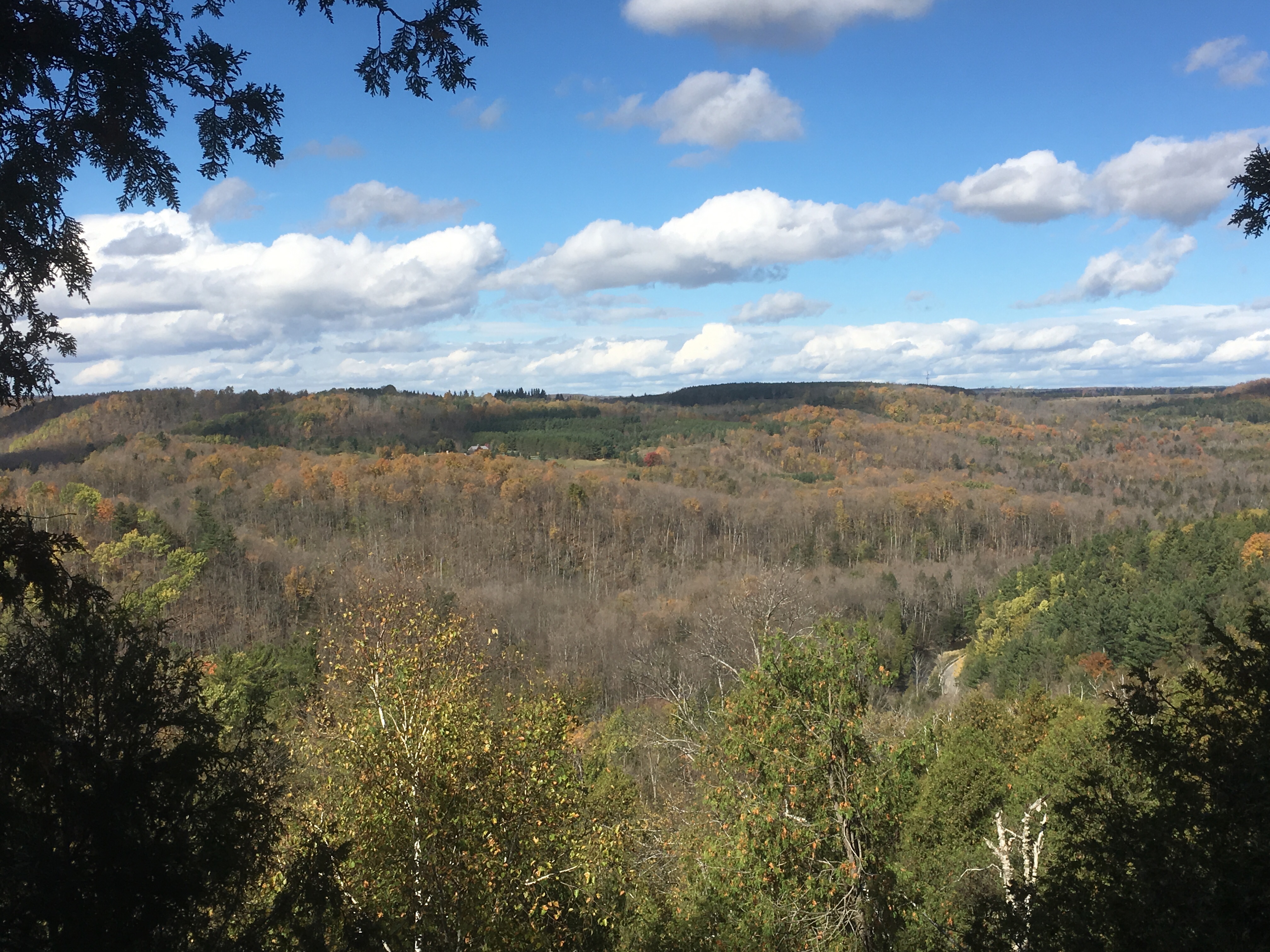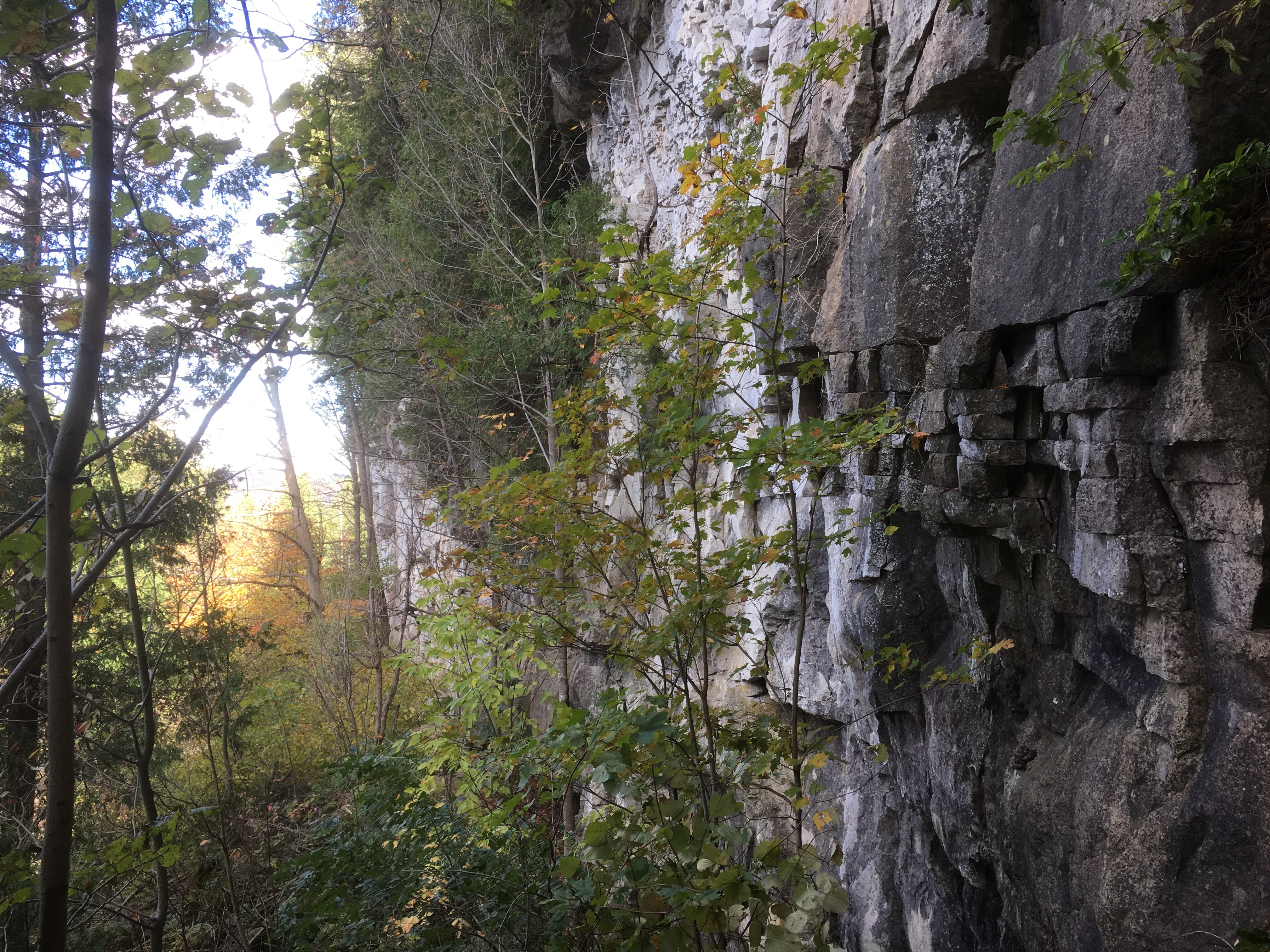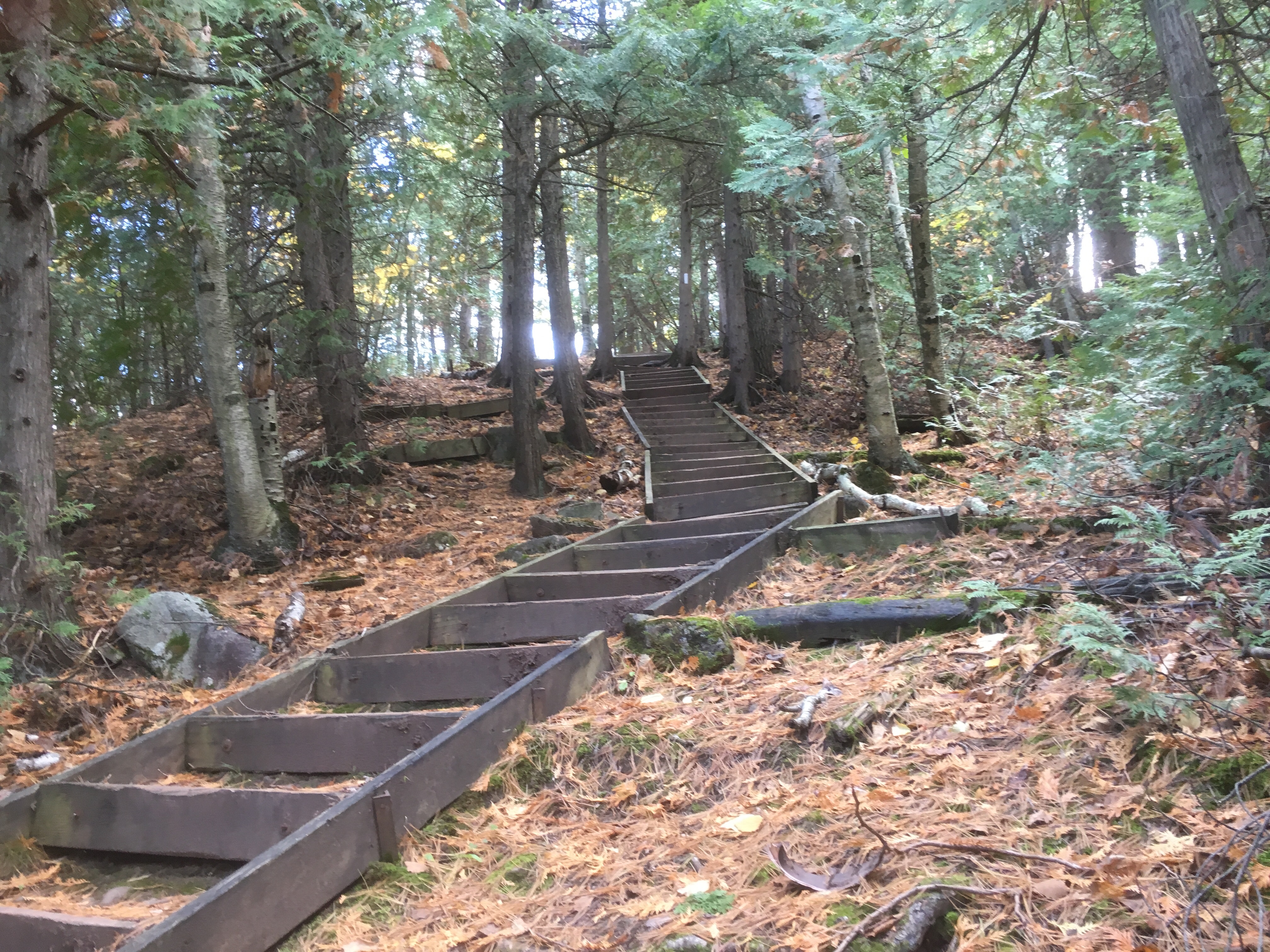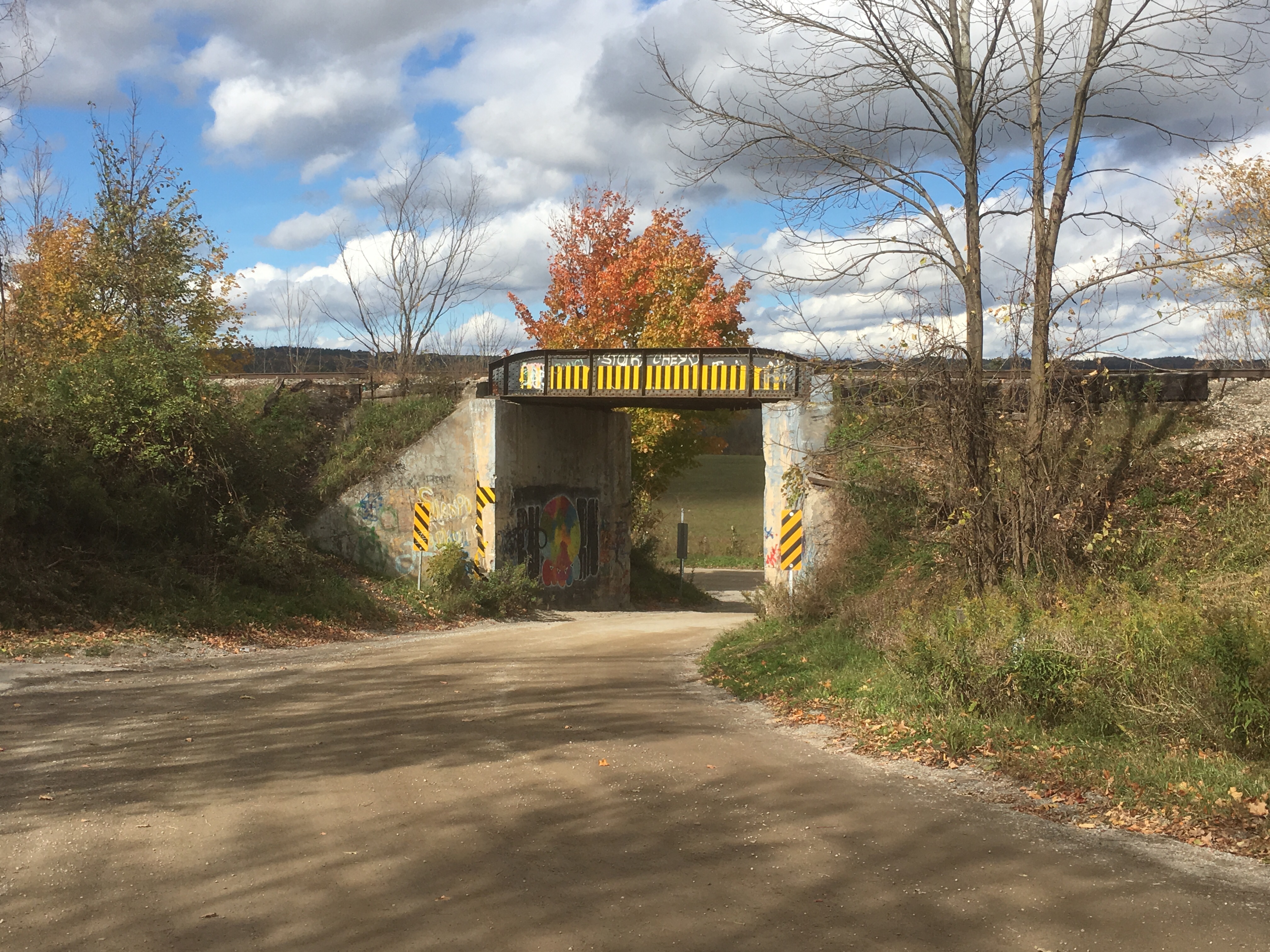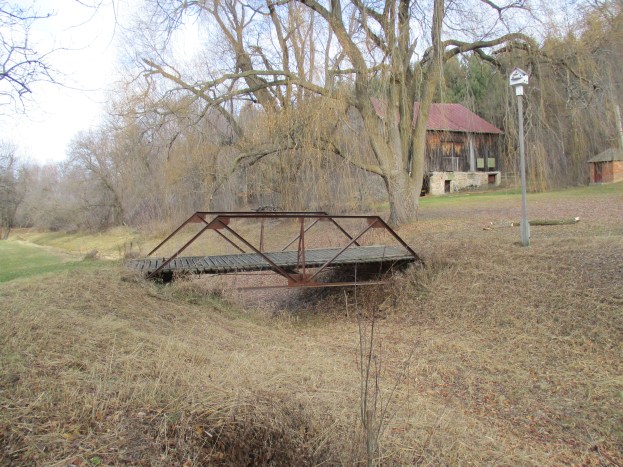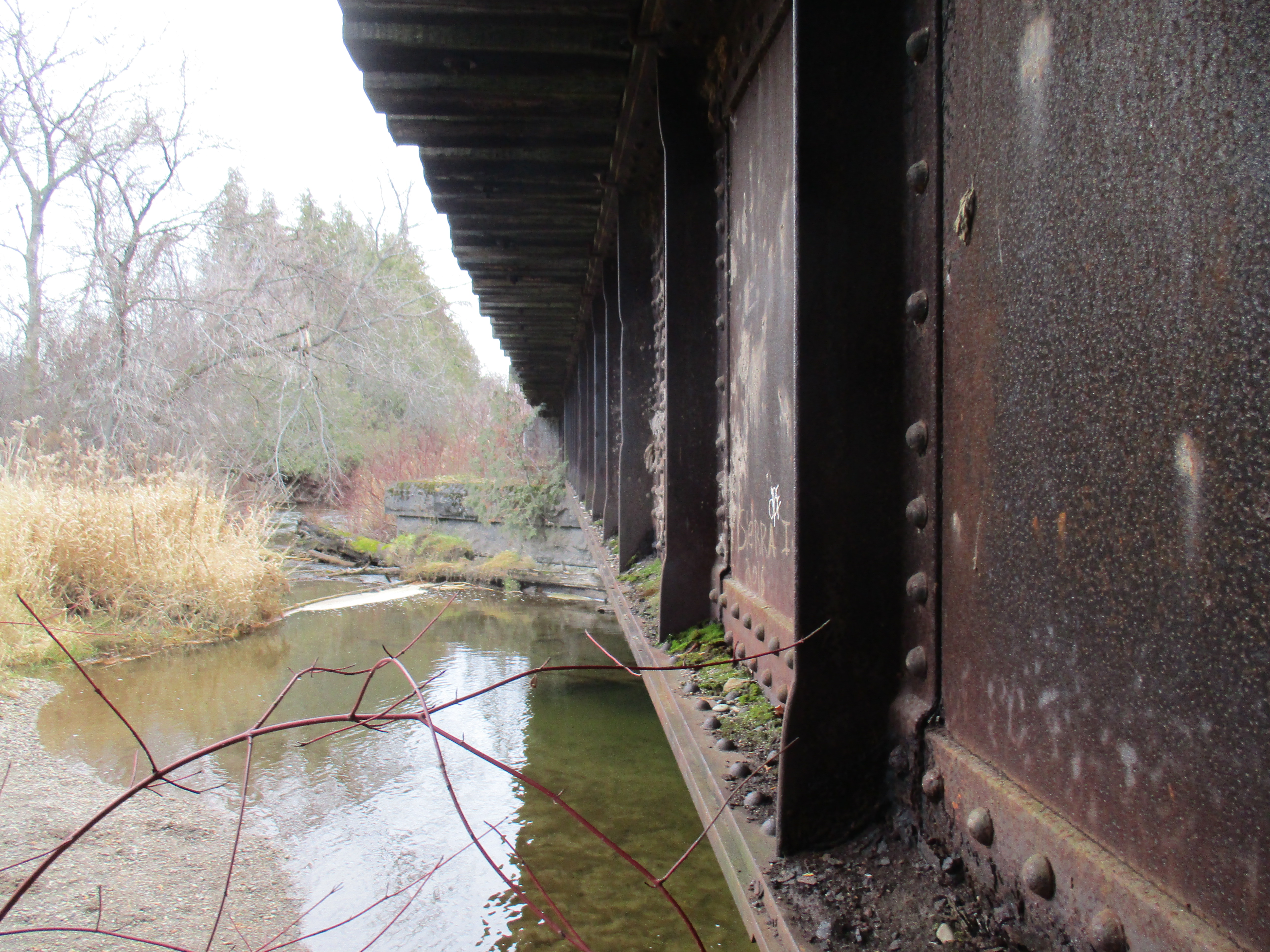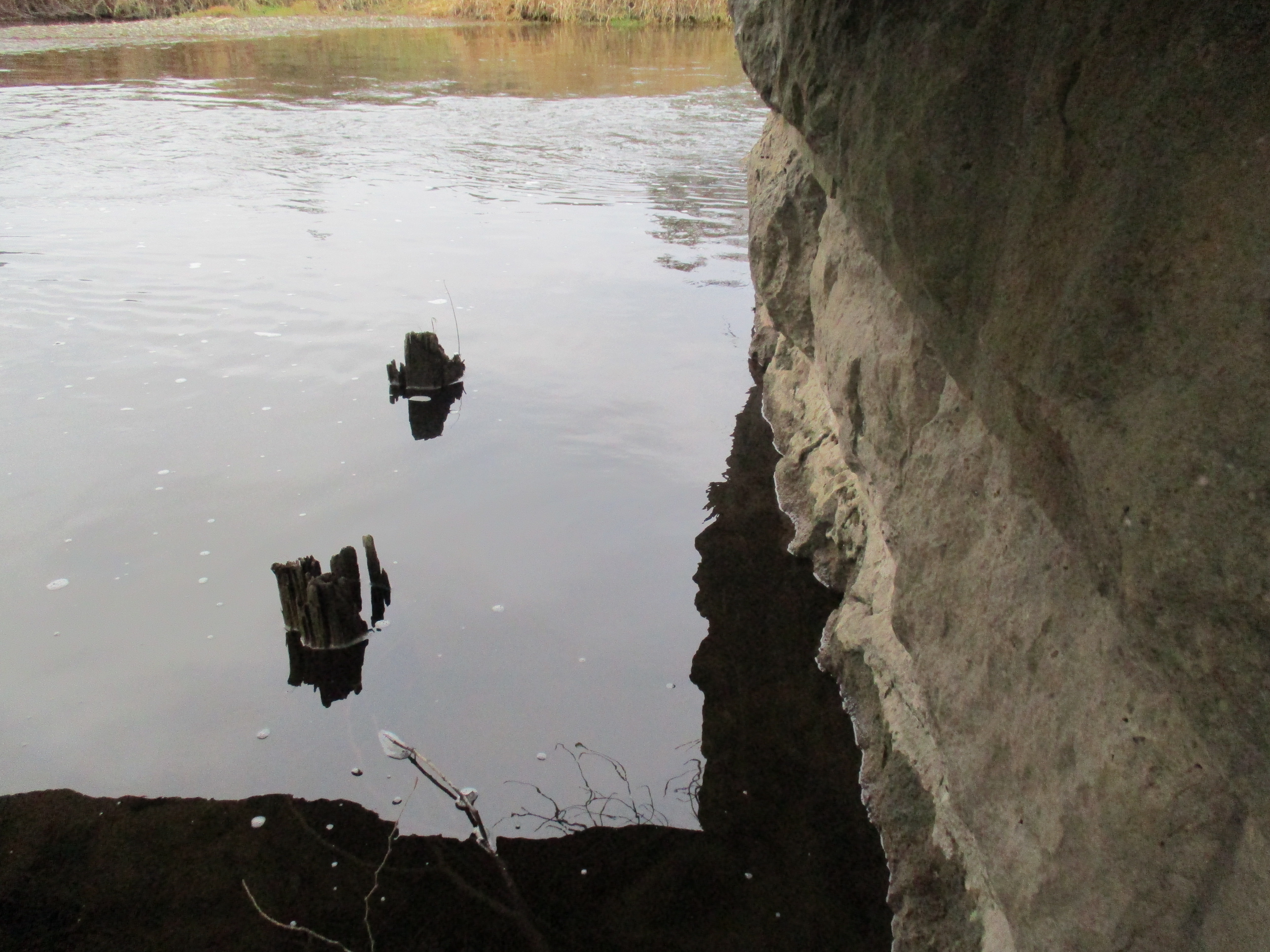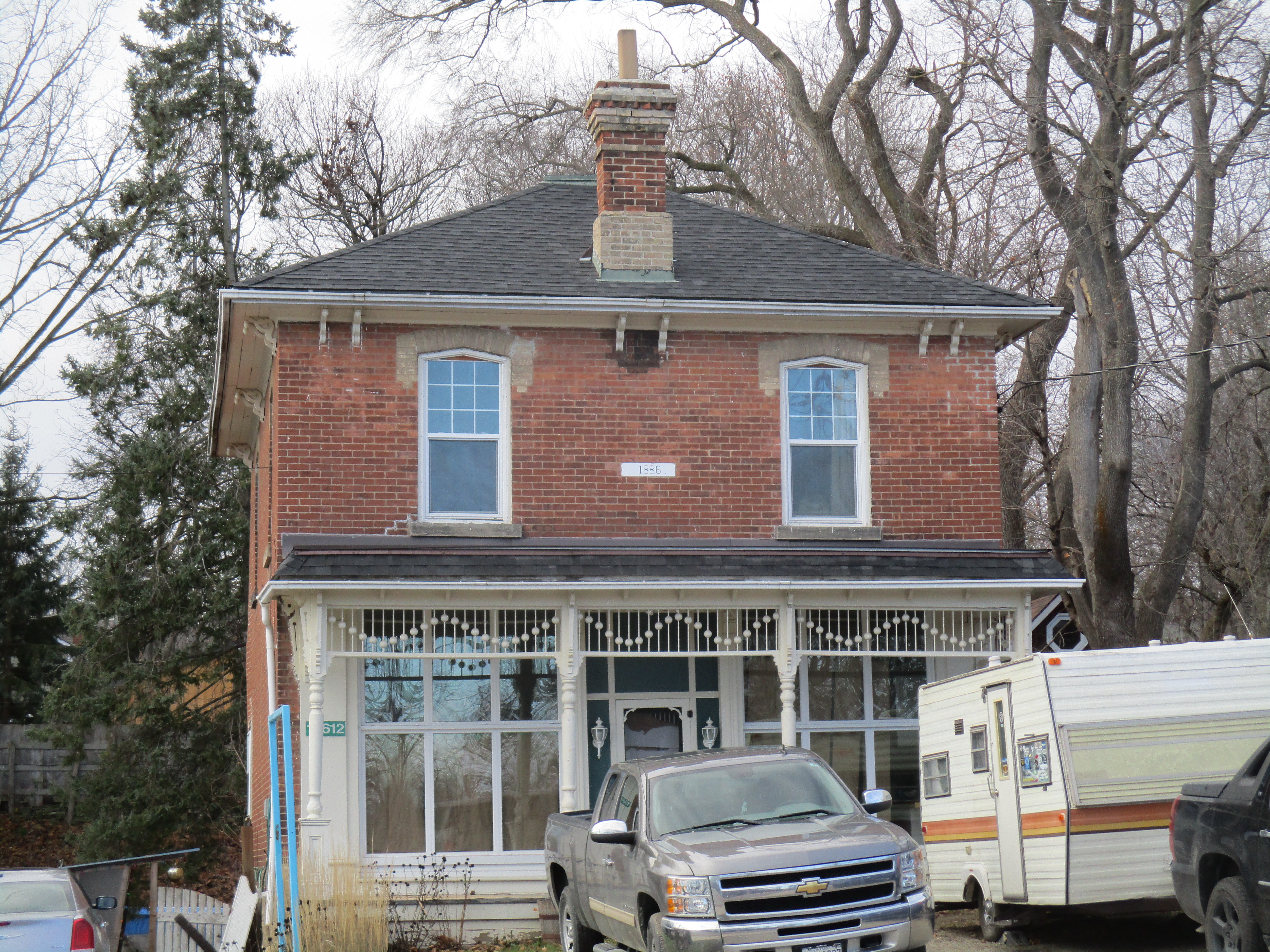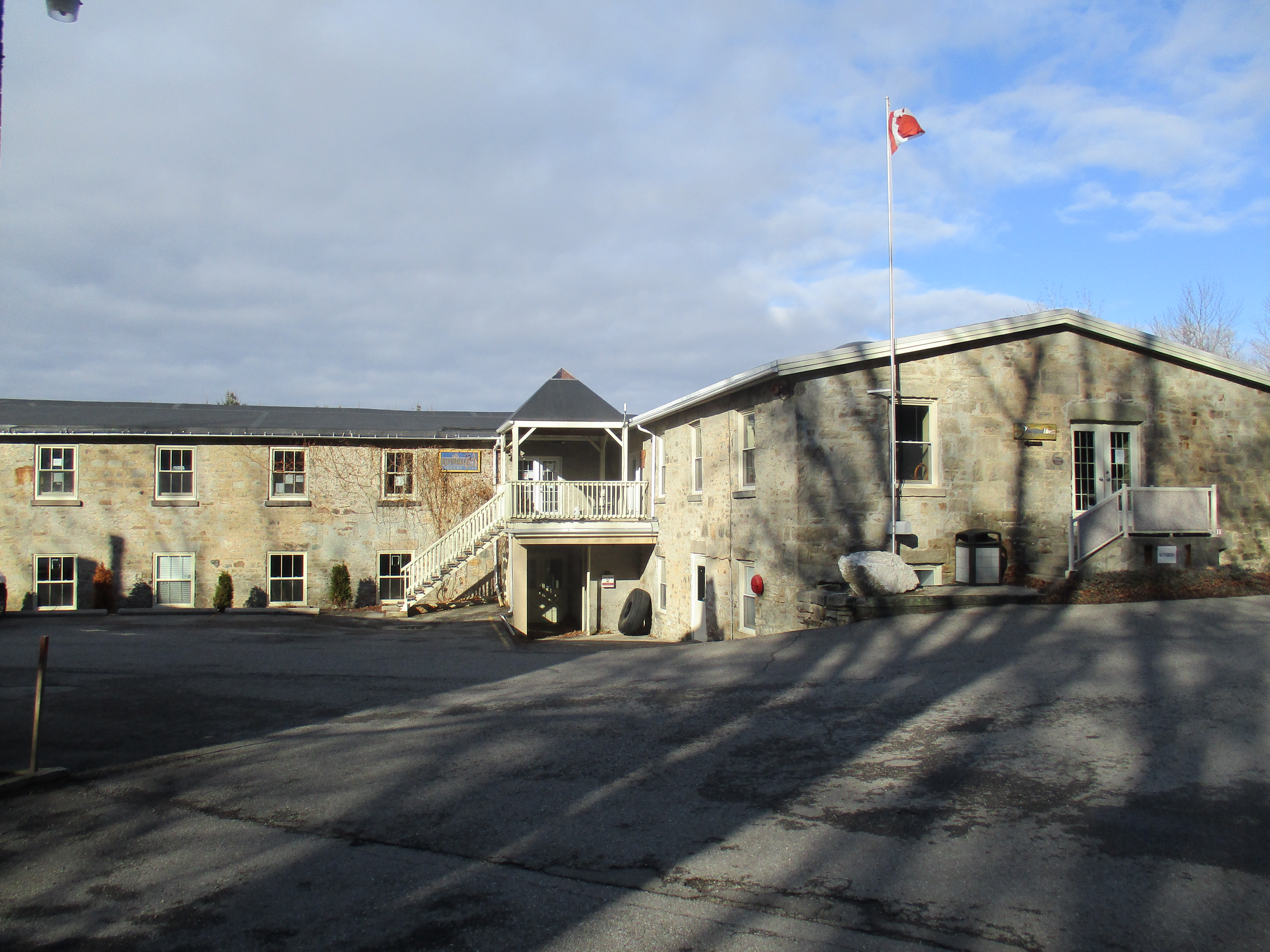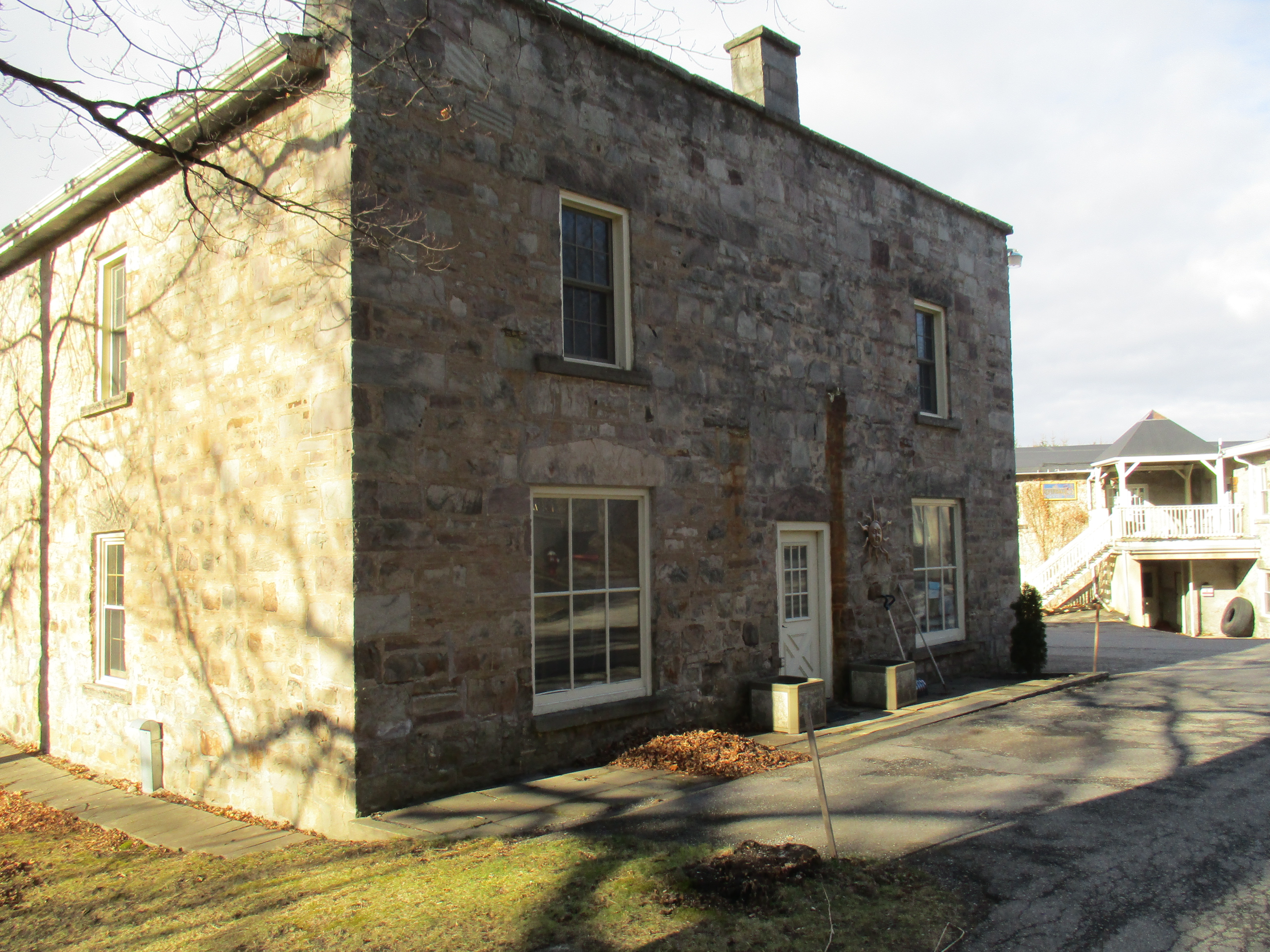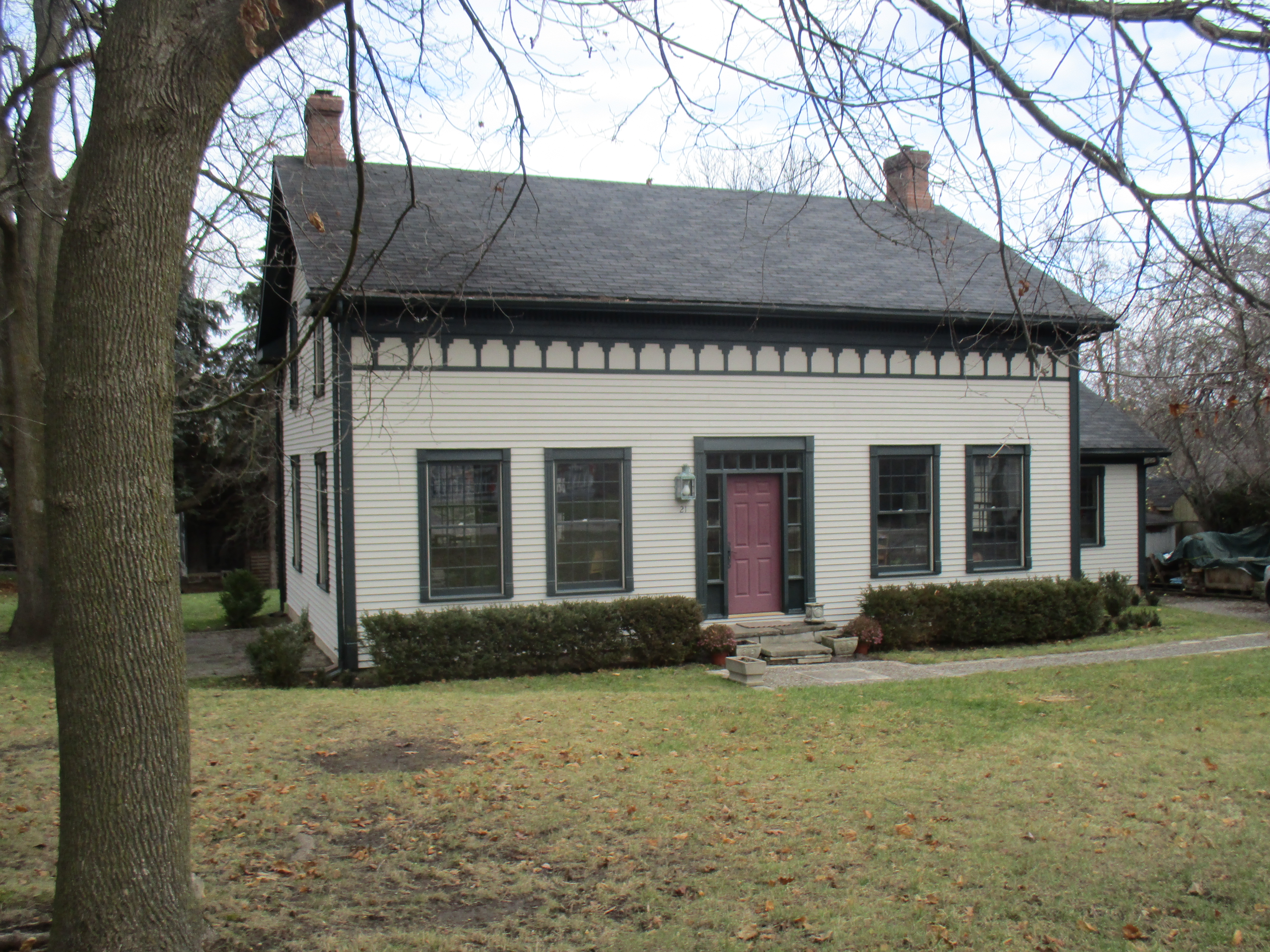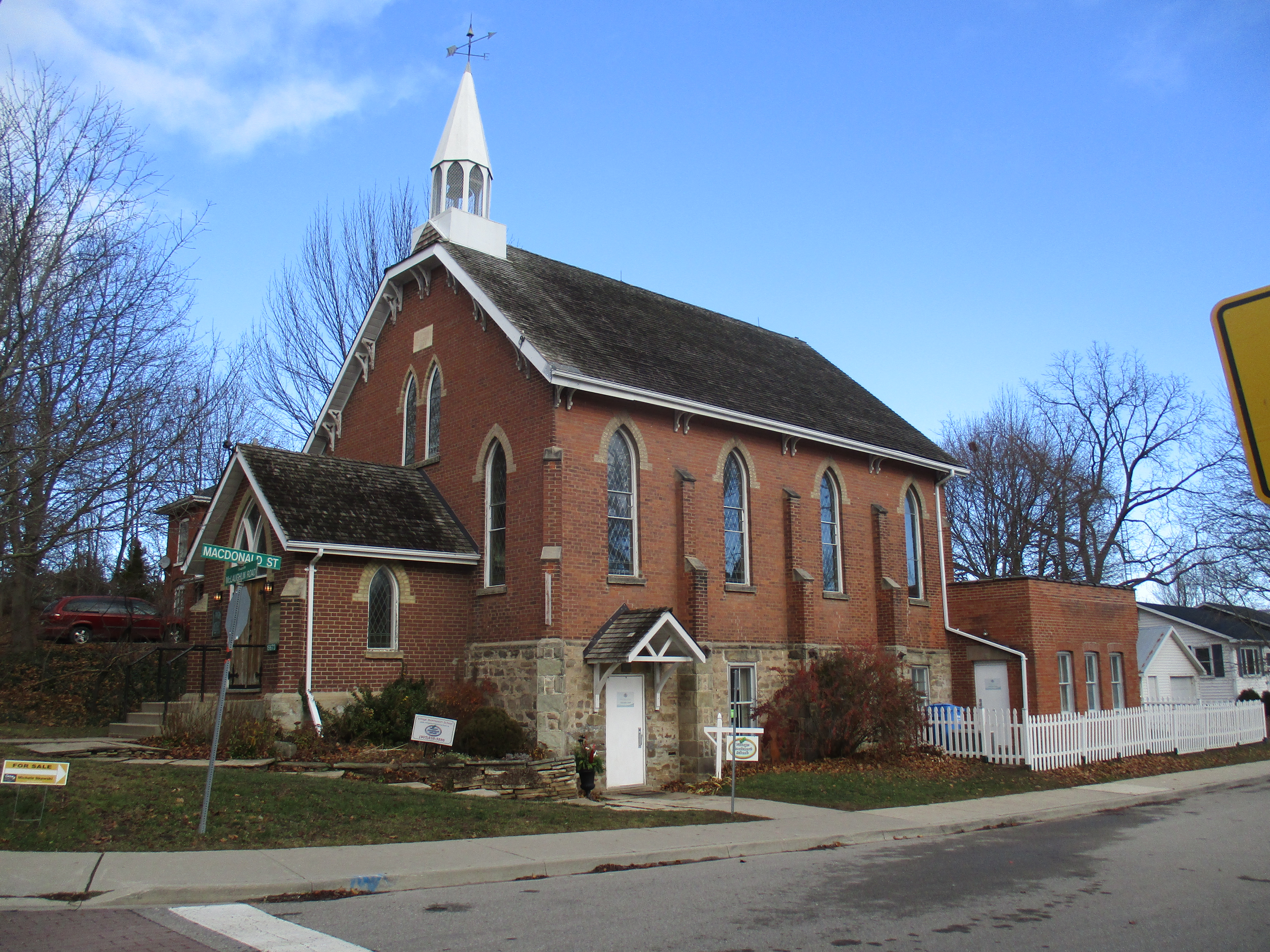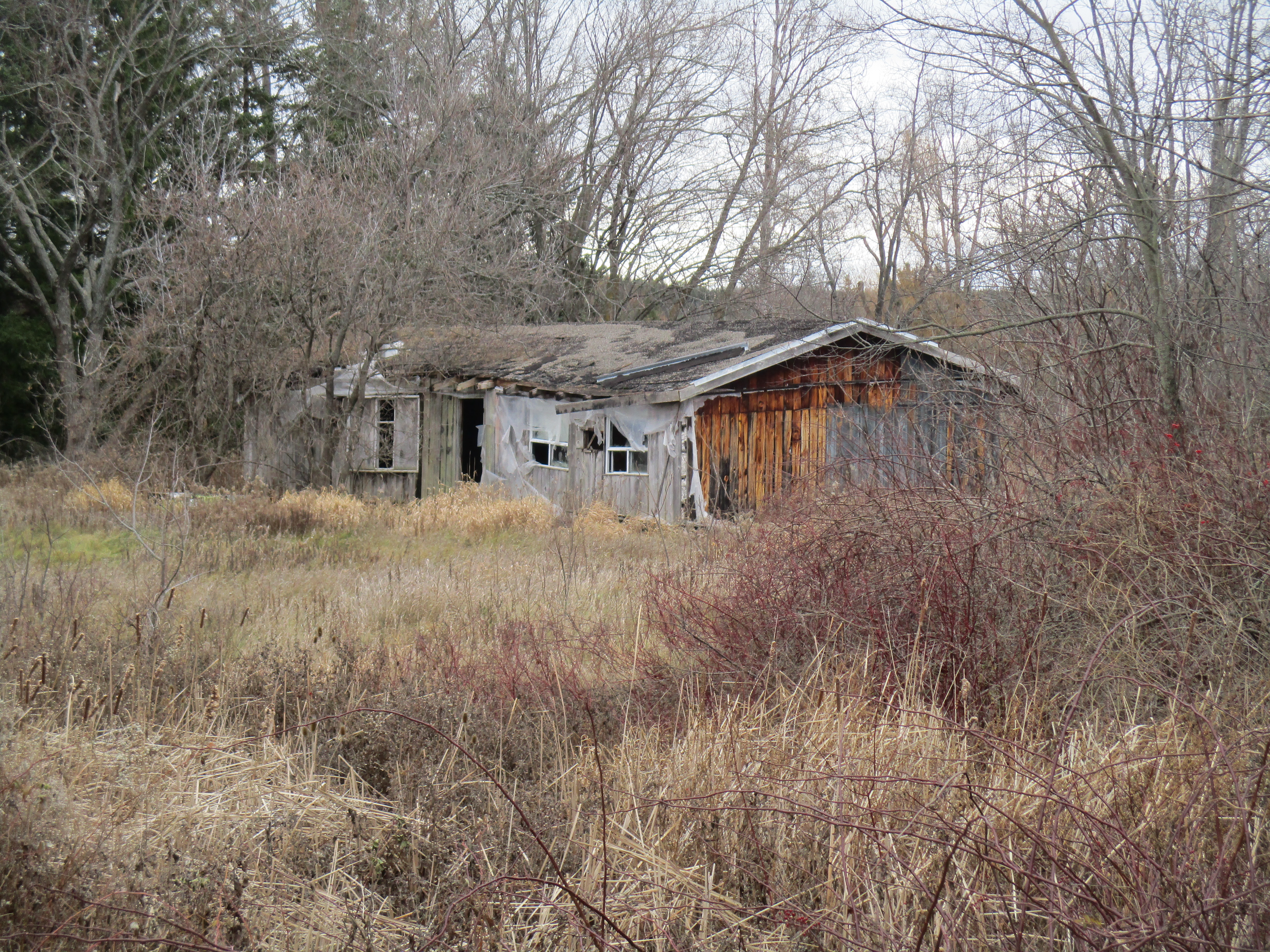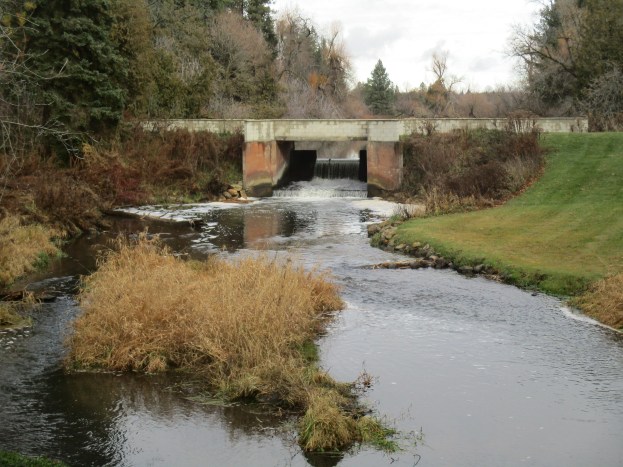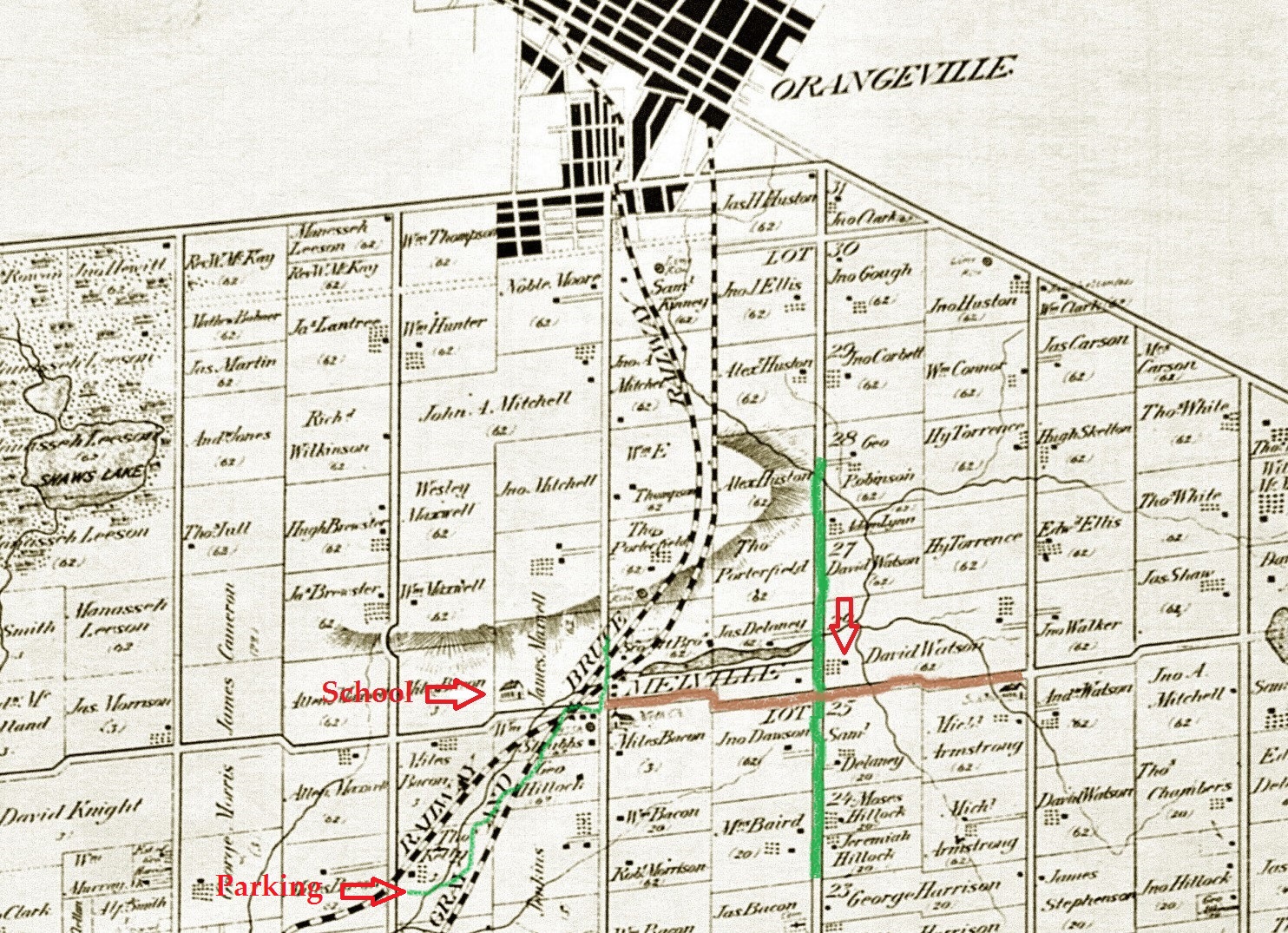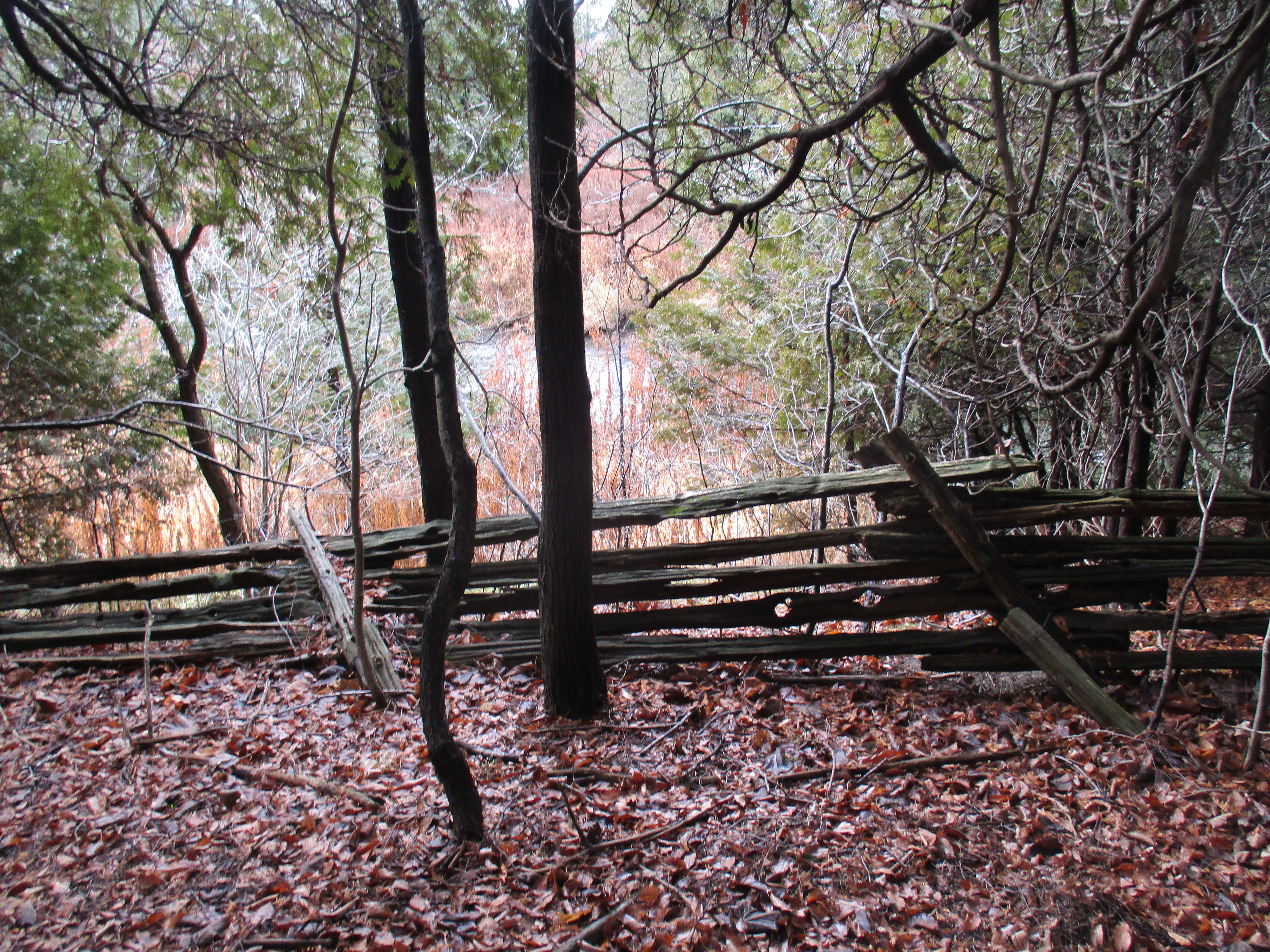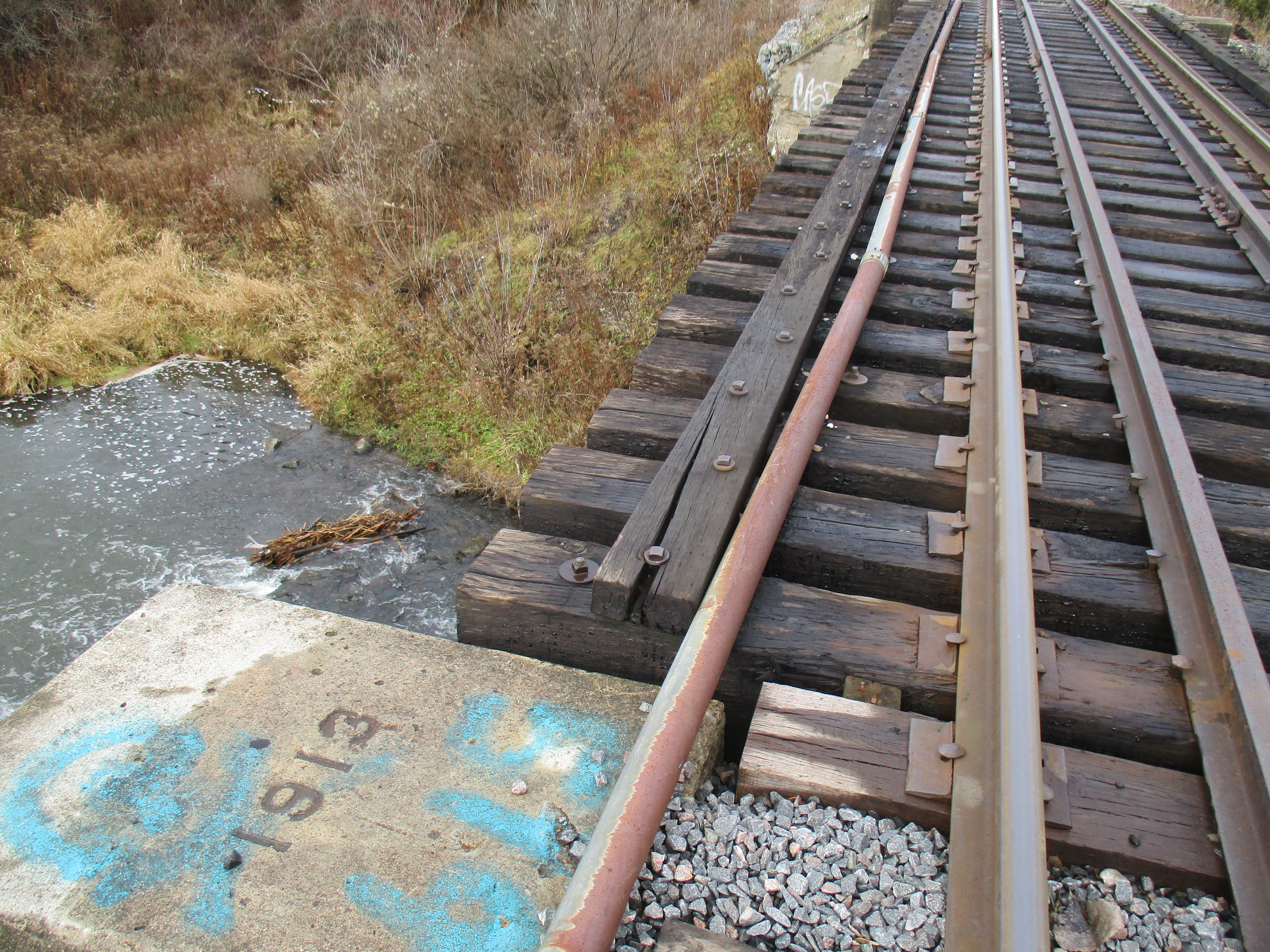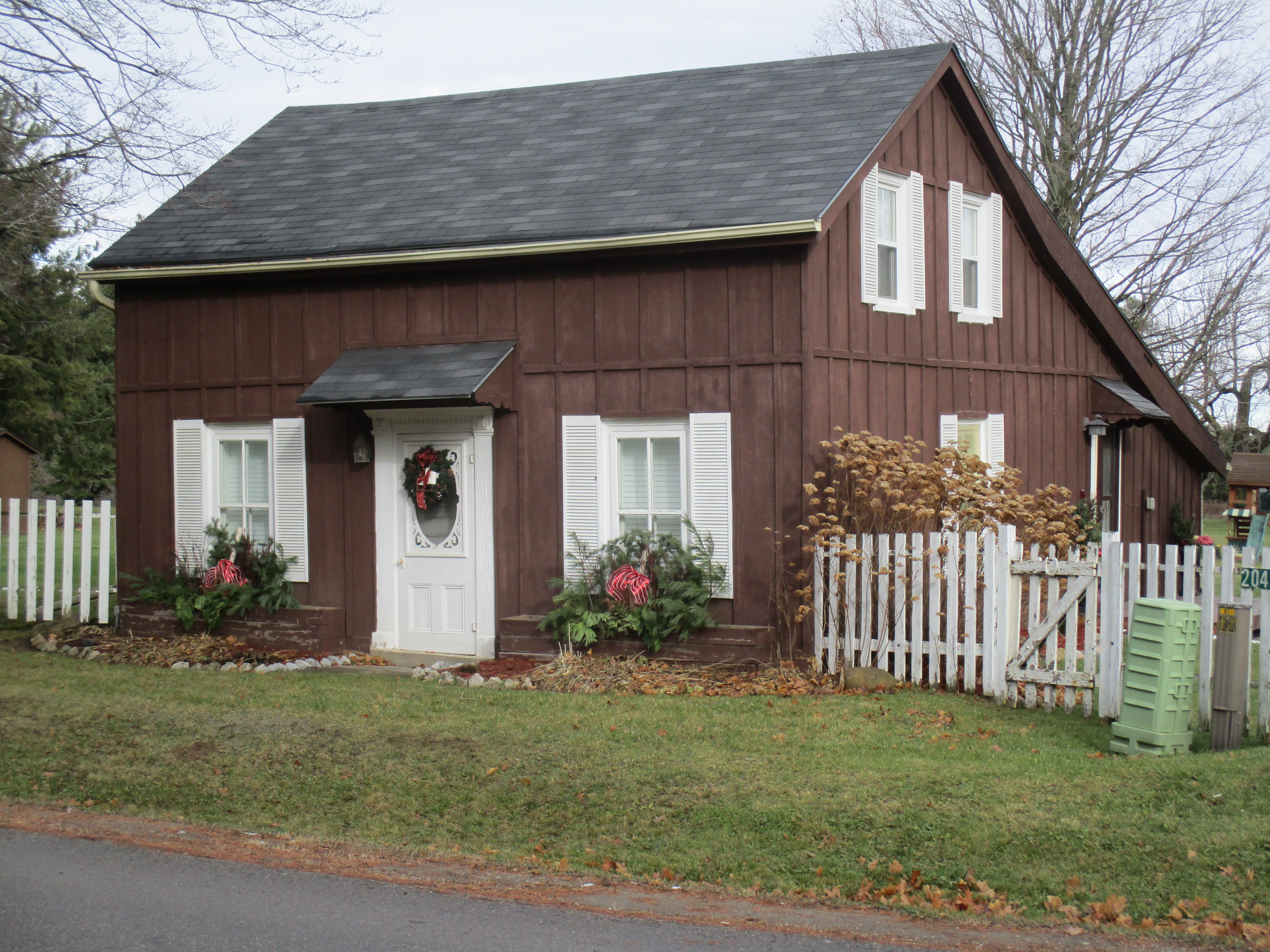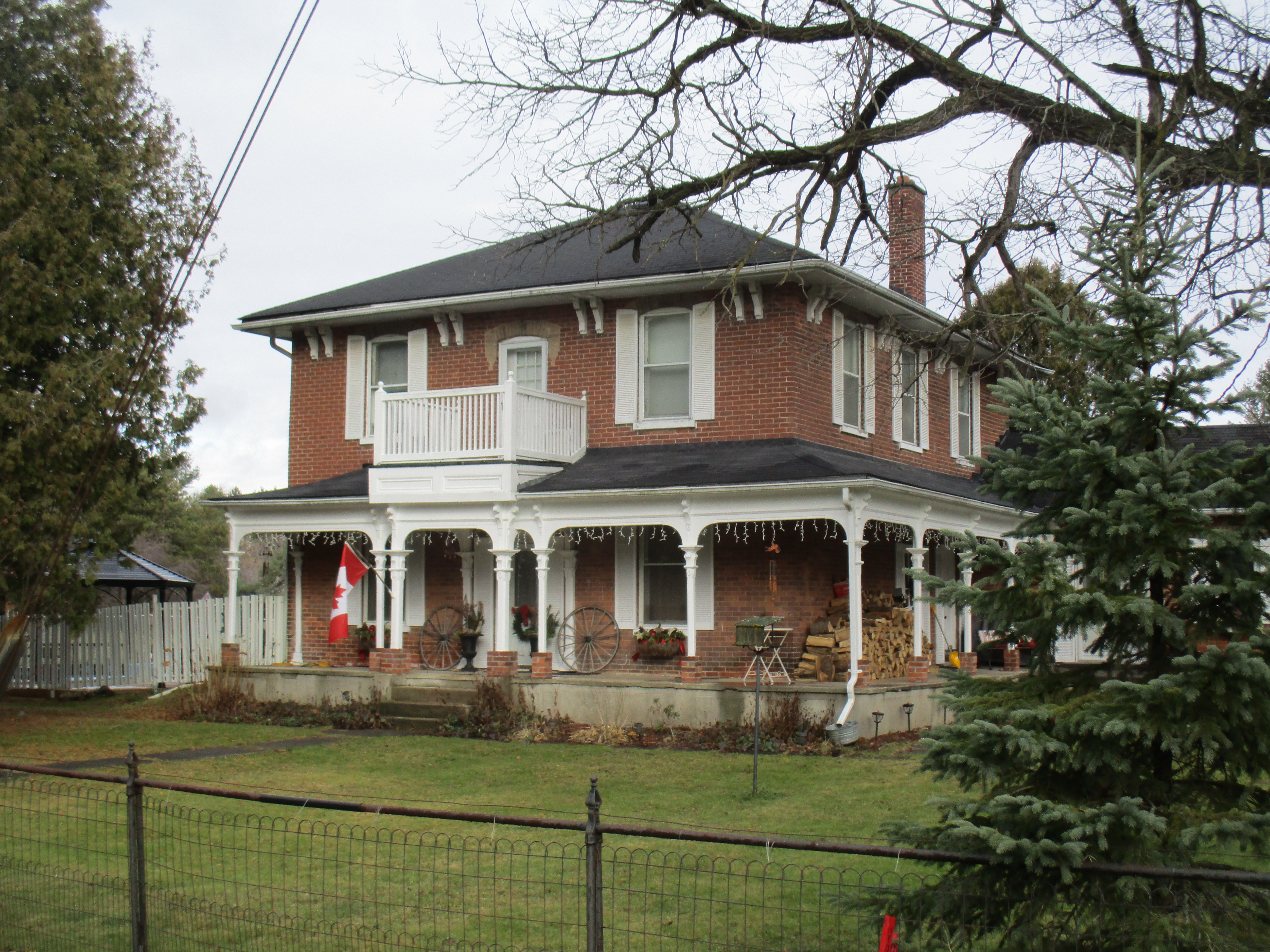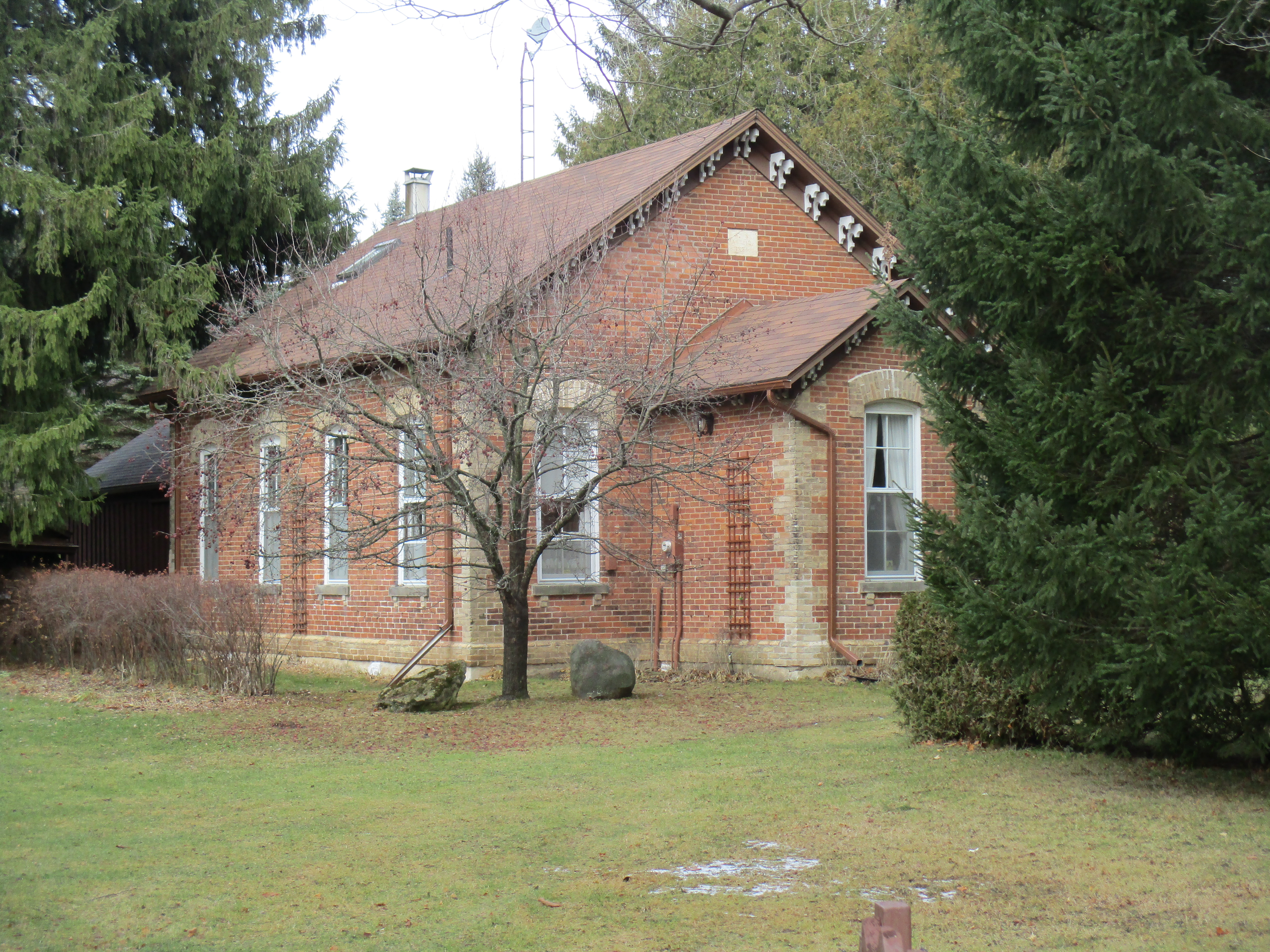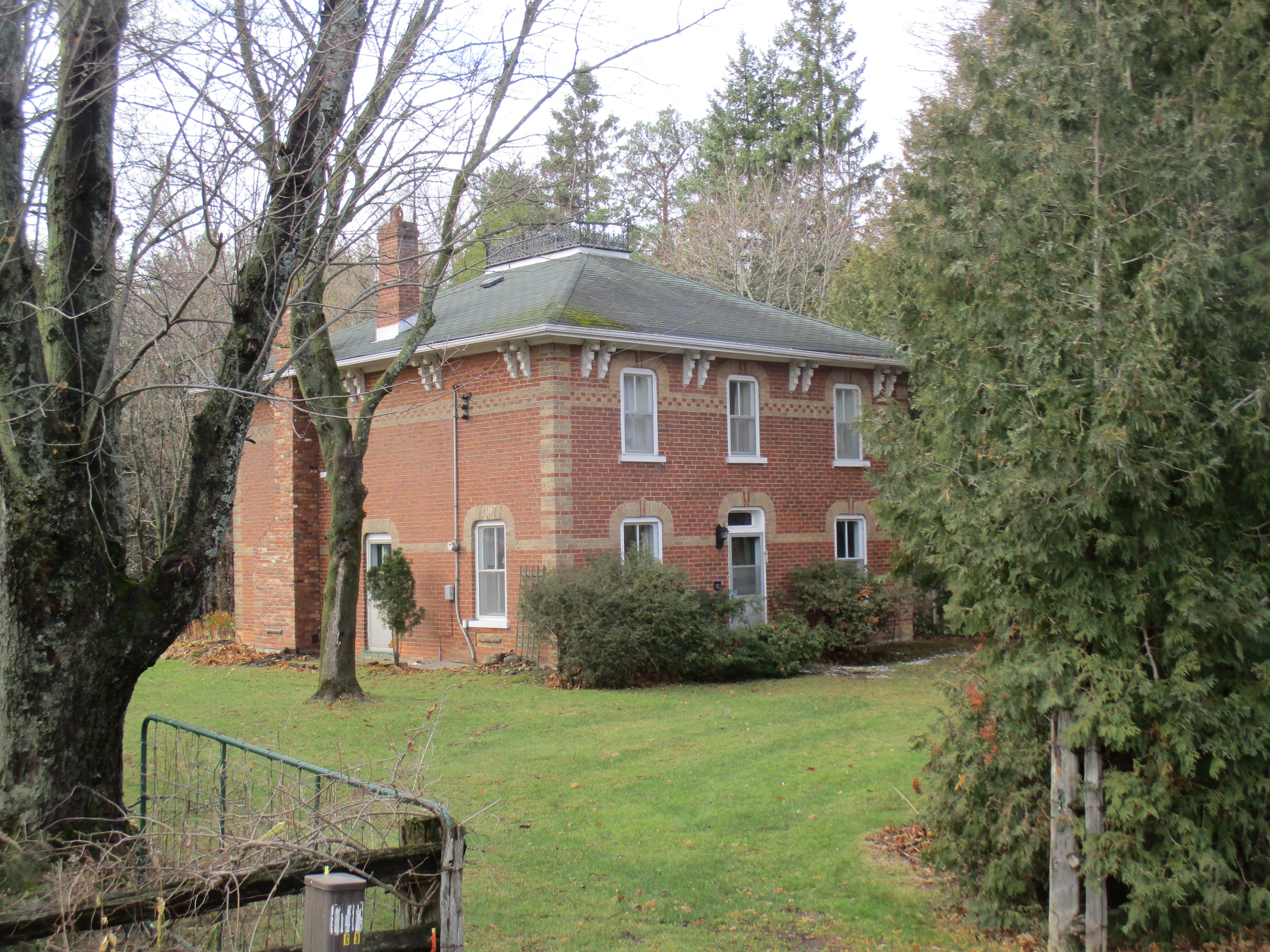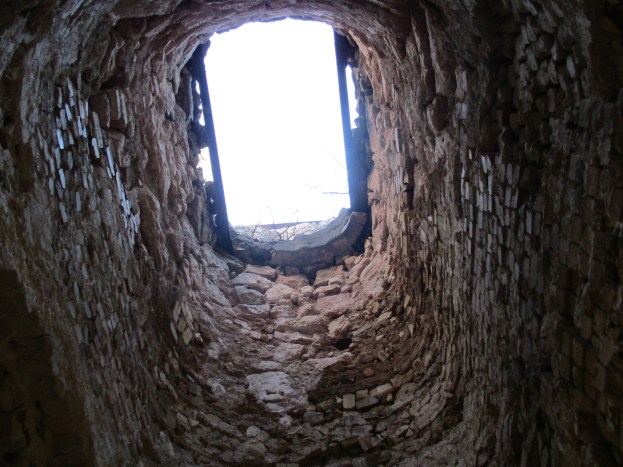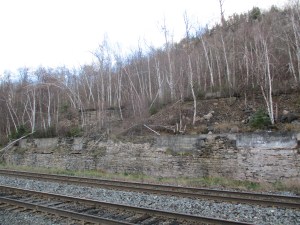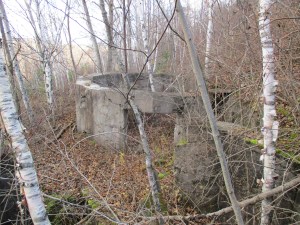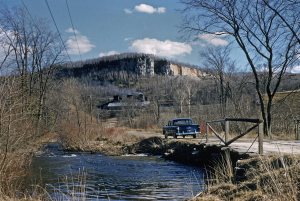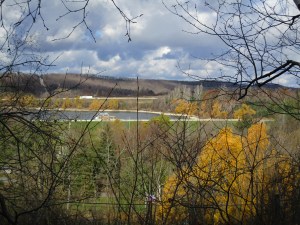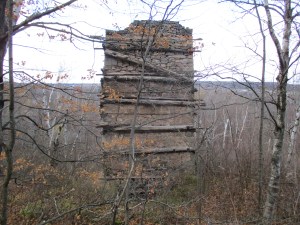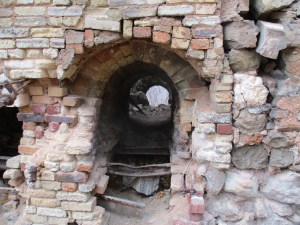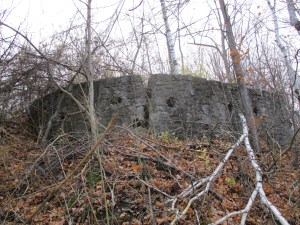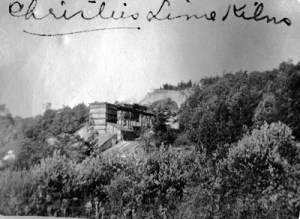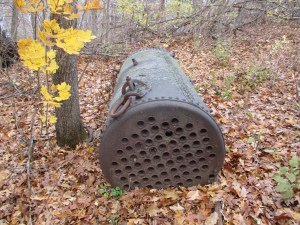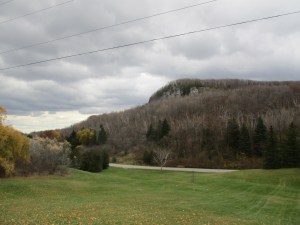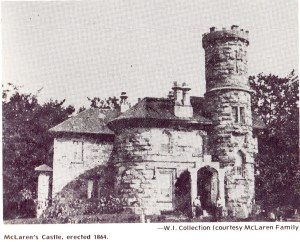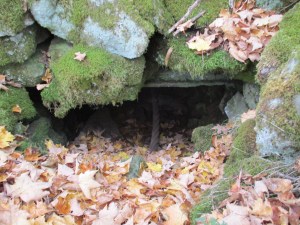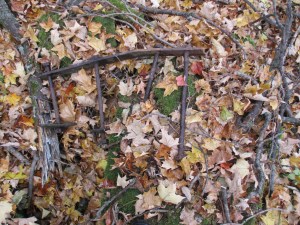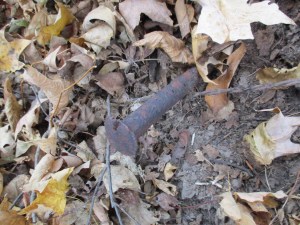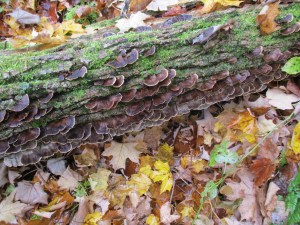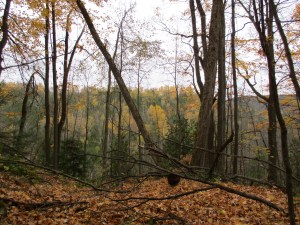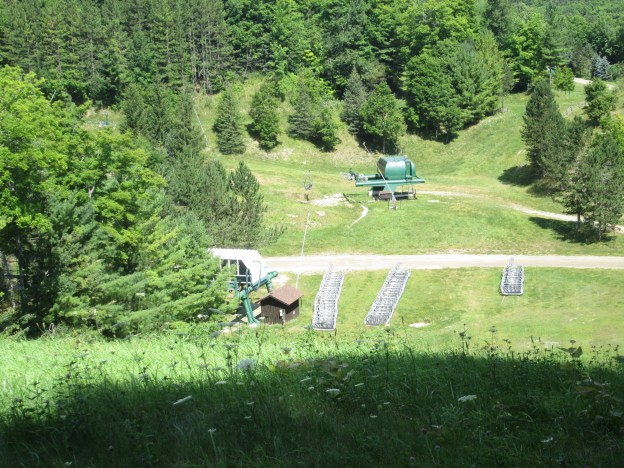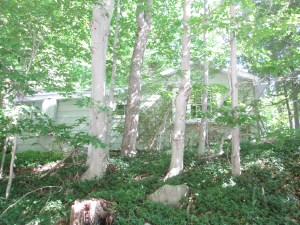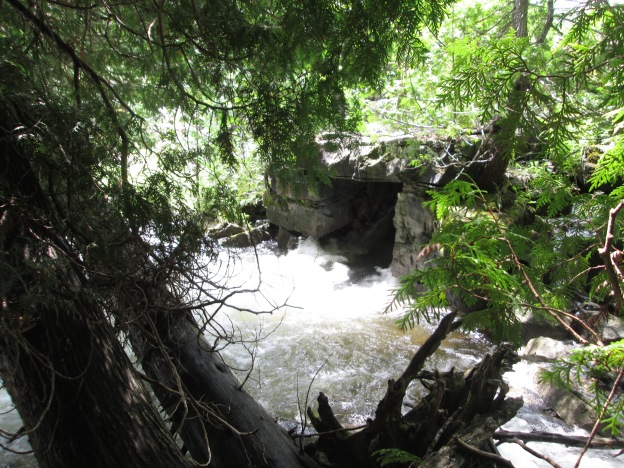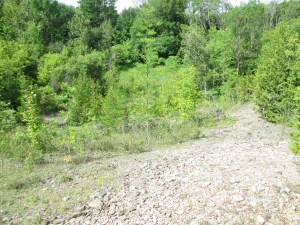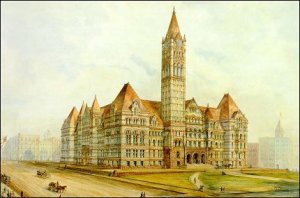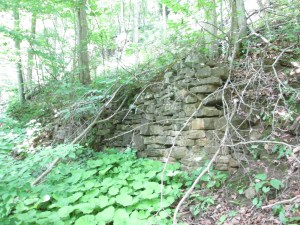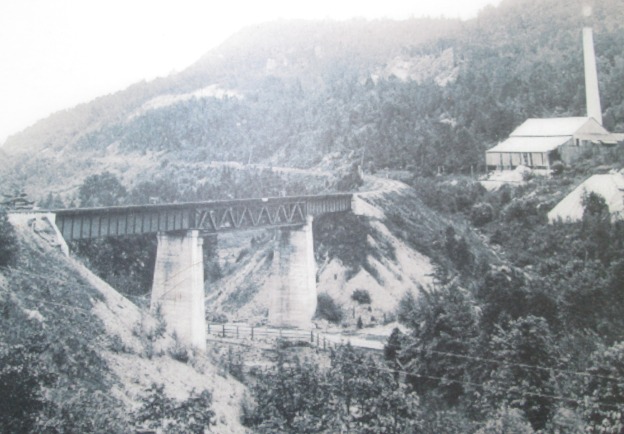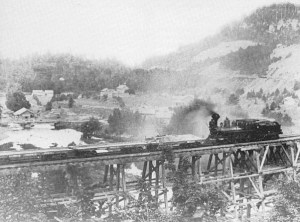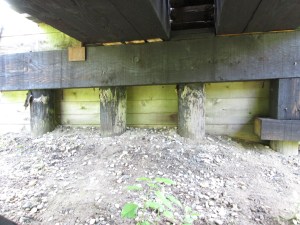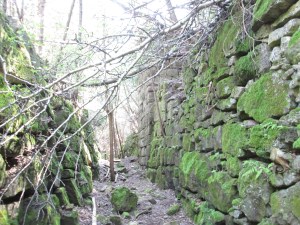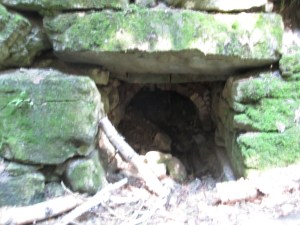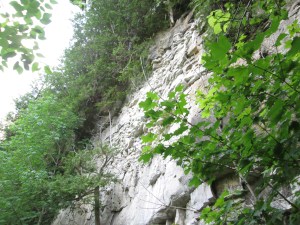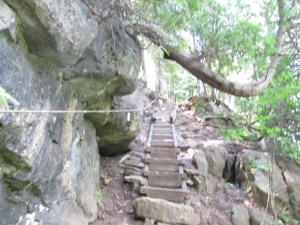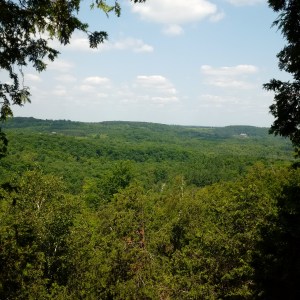Sunday, July 18, 2021
Milton was founded in 1821 by Jasper Martin who had emigrated from Northumberland, England earlier in the year with his wife Sarah and their two sons. They settled on a property along 16-Mile Creek where they built a grist mill. The community was first known as Martin’s Mills but when it got its first post office it took the name Milton from the English poet John Milton, who was a personal favourite of Jasper Martin. A new stone mill was built in 1856 which survived until 1963 when it burned down. At that time the mill was being operated by Robin Hood Flour who donated the property to the town for a park after the fire. The town developed the park as a Centennial Project to mark the 1967 anniversary of Confederation.
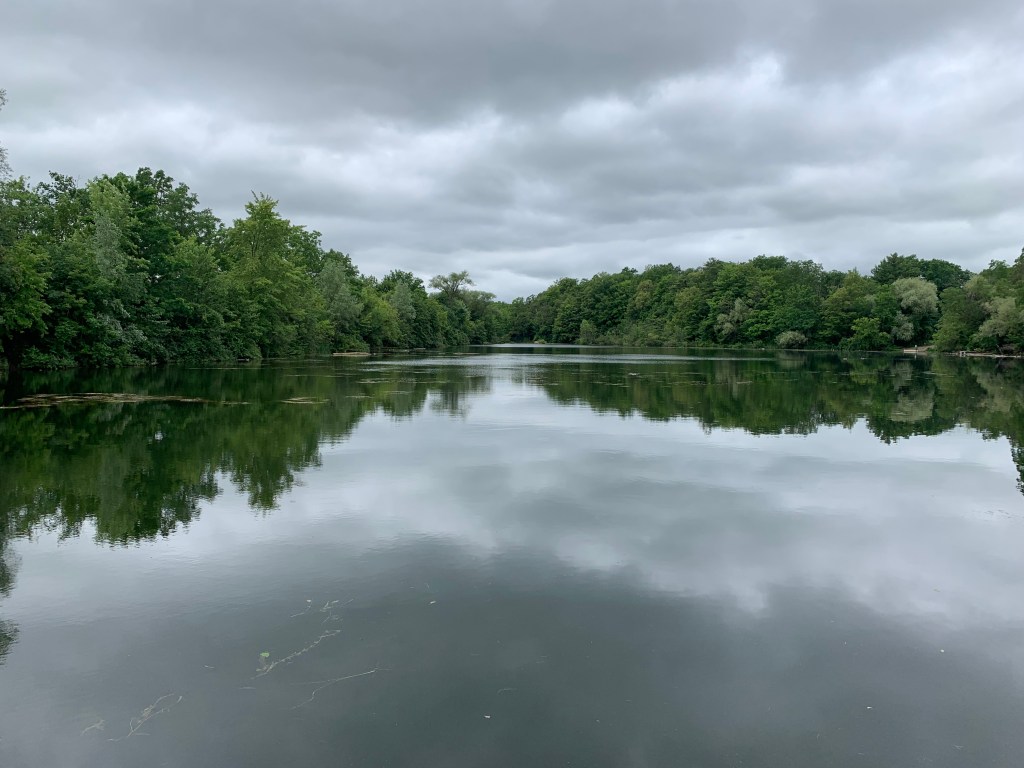
This County Atlas map of 1878 shows the town as it used to be, centred on the mill pond. I’ve marked the approximate route of this hike in green and the waterways in blue.
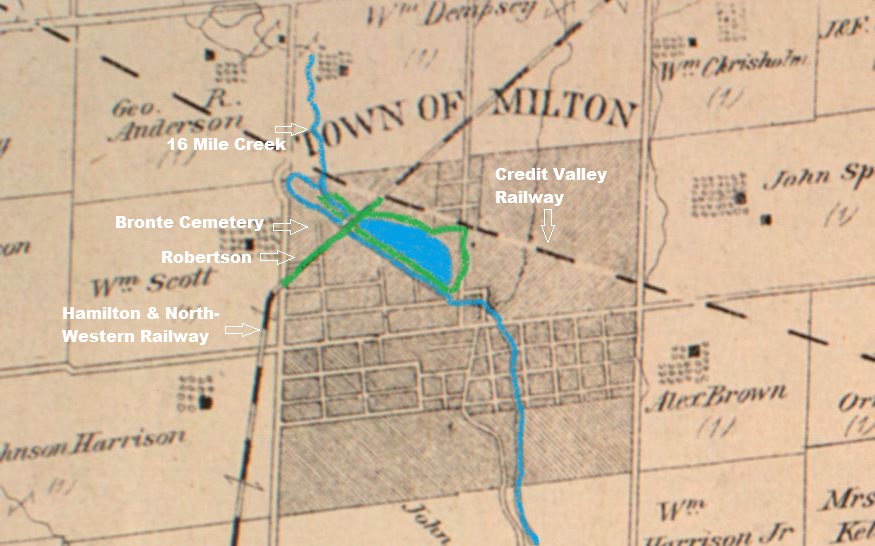
A restoration of the pond took place in 2000 with invasive plants being removed. The gazebo was built in 2001 and has become a popular place to get wedding photos taken.
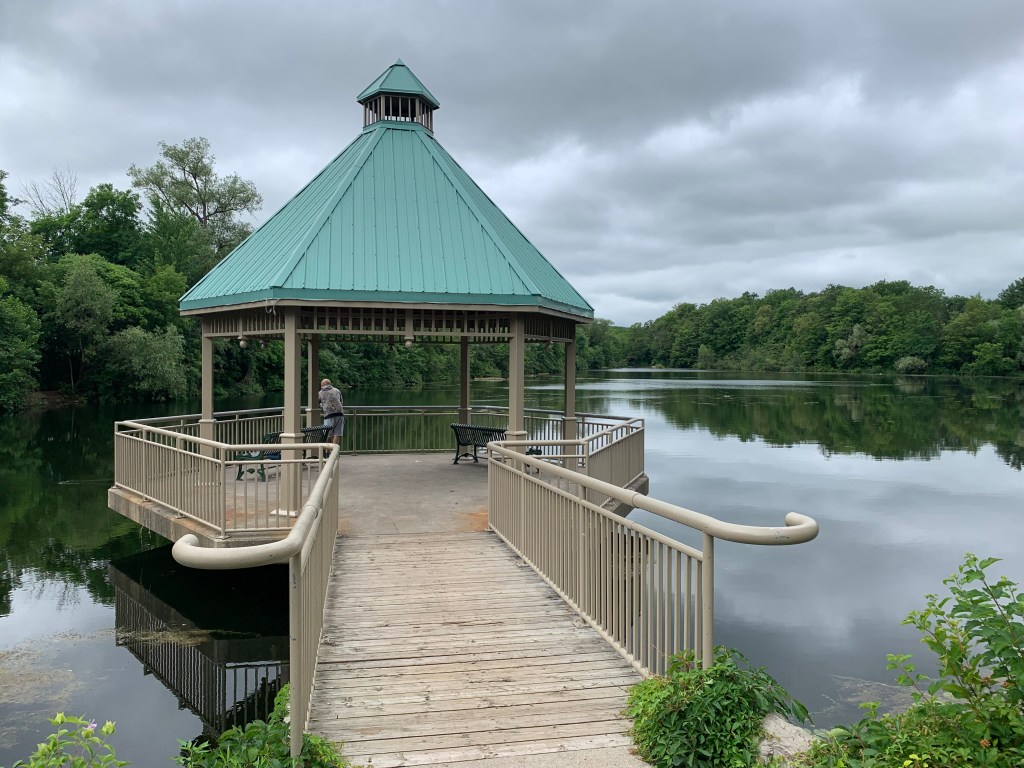
There’s a nice trail that runs along a narrow berm between the south side of the mill pond and 16-Mile Creek. There’s plenty of great views out over the pond where people have created small paths so that they could go fishing. It’s interesting to contemplate the importance of this berm to the early millers who were responsible for maintaining the waterway for a mile upstream and downstream. They had to remove fallen trees and other blockages that could cause a sudden surge of water taking out their dam or one downstream somewhere. Jasper Martin scooped this berm up from the bottom of the pond and then would have walked it regularly to keep an eye on things.
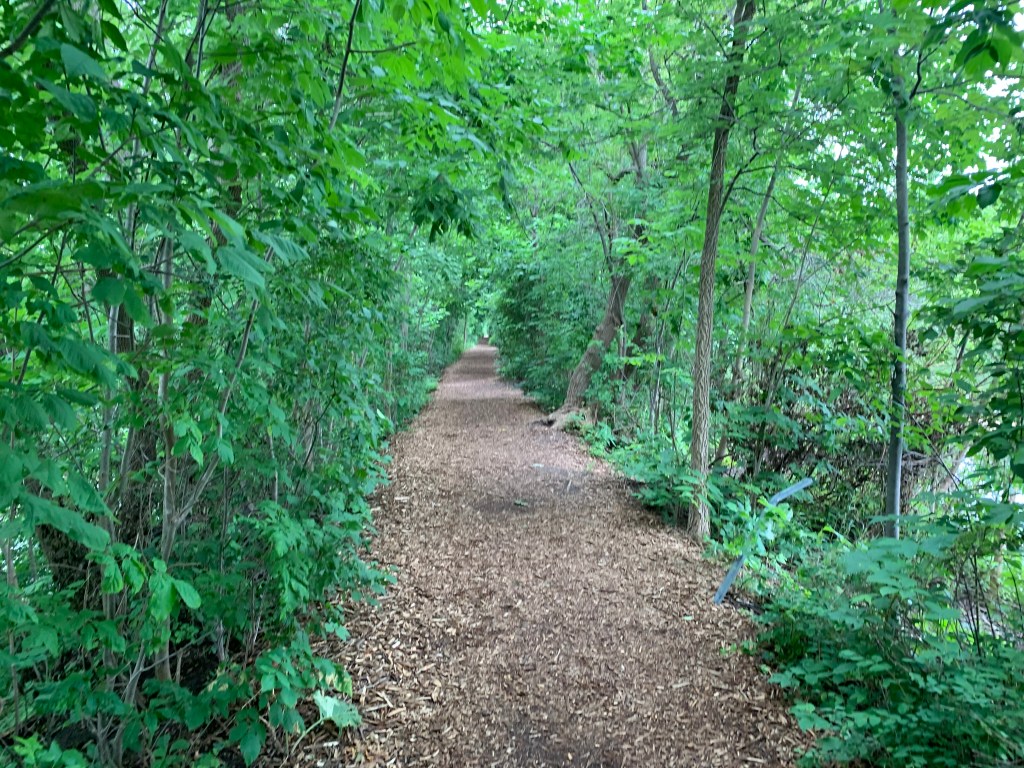
The Mill Pond has been stocked with trout but it doesn’t provide a suitable habitat to sustain their populations. People as well as the local heron fish in the pond for carp and panfish and there were several places along the trail where people were fishing. I stopped to watch two young boys fishing and was rewarded with the sight of a heron sitting on a rail on the other side of the pond.
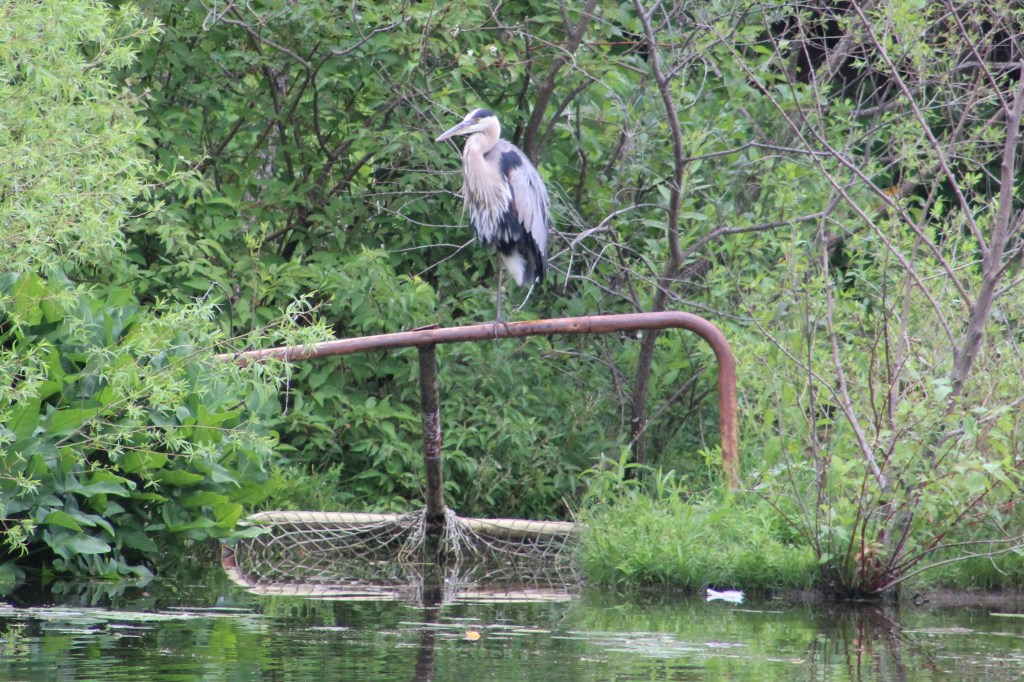
A Painted Turtle was taking in the afternoon sunshine on a log in the middle of the pond. This was a fairly large specimen indicating that it is likely getting fairly old. The Painted Turtle shell is made up of 13 plates or scutes. As the turtle grows it sheds the outer layer of its plates and grows new ones. These plates exhibit growth rings like those on a tree and can be counted to determine the age of the turtle. But, you have to catch him first.

The trail passes under an old rail bridge that provides a pedestrian path across the creek and mill pond. It can be accessed from the park on Mill Street or from the north side of the mill pond but not from the walking trail between the two. We’ll look at the history of this railway later in the article.
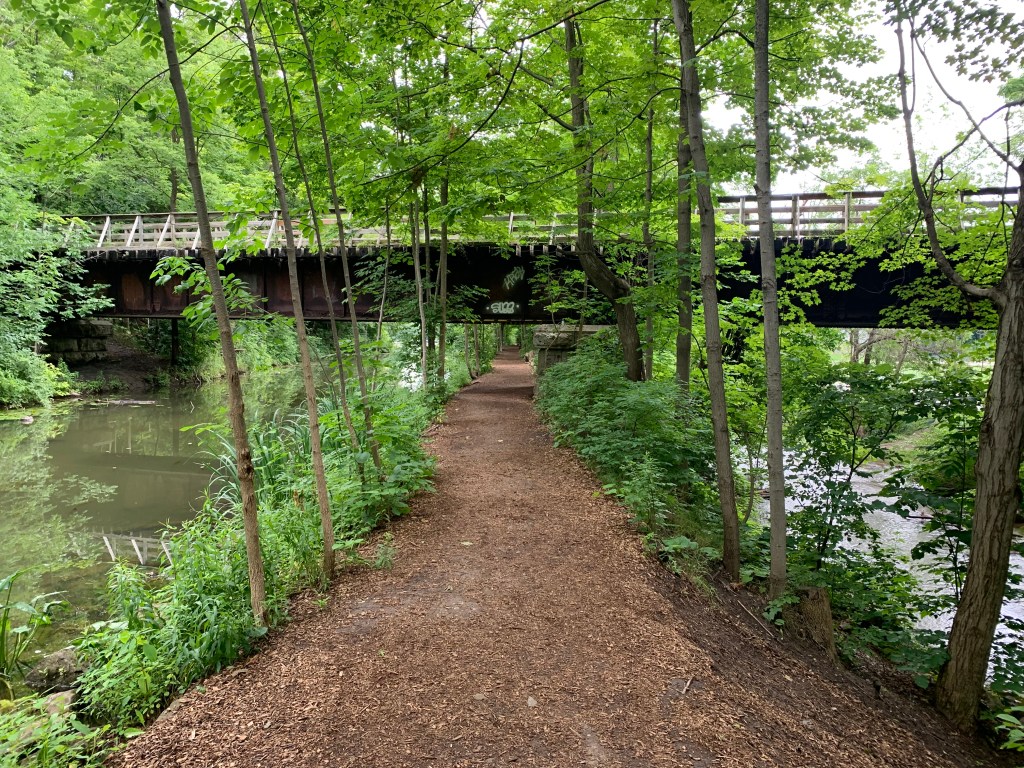
This 1911 photo from Milton Images shows a Grand Trunk Railway train crossing the bridge at the mill pond.

Once you pass below the old train bridge you can continue to follow the trail with the creek on one side and the inflow to the mill pond on the other. You will come to concrete blocks which mark the start of the pond and after that the curve of 16-Mile Creek. Crossing over the creek on a small foot bridge you come to a larger forested area which featured several different types of mushrooms. These Oyster mushrooms were growing in large numbers in one small area beside the creek and are considered to be a delicacy by some.

Milton was bypassed by early railways and didn’t get the first one in town until 1876 when the Hamilton & North-western Railway arrived running north-south through town and across the mill pond on the bridge we saw earlier. The Credit Valley Railway arrived the next year running east-west just north of the mill pond. The Hamilton & North-western became the Northern & North-western before being bought by the Grand Trunk Railway late in the century. In 1923 the Grand Trunk became part of the Canadian National Railway and they operated the passenger service on the line until 1973 when the tracks were realigned and service discontinued. I followed the tracks to where they end a little north of the mill pond and also in the other direction to where they used to cross Bronte Road.
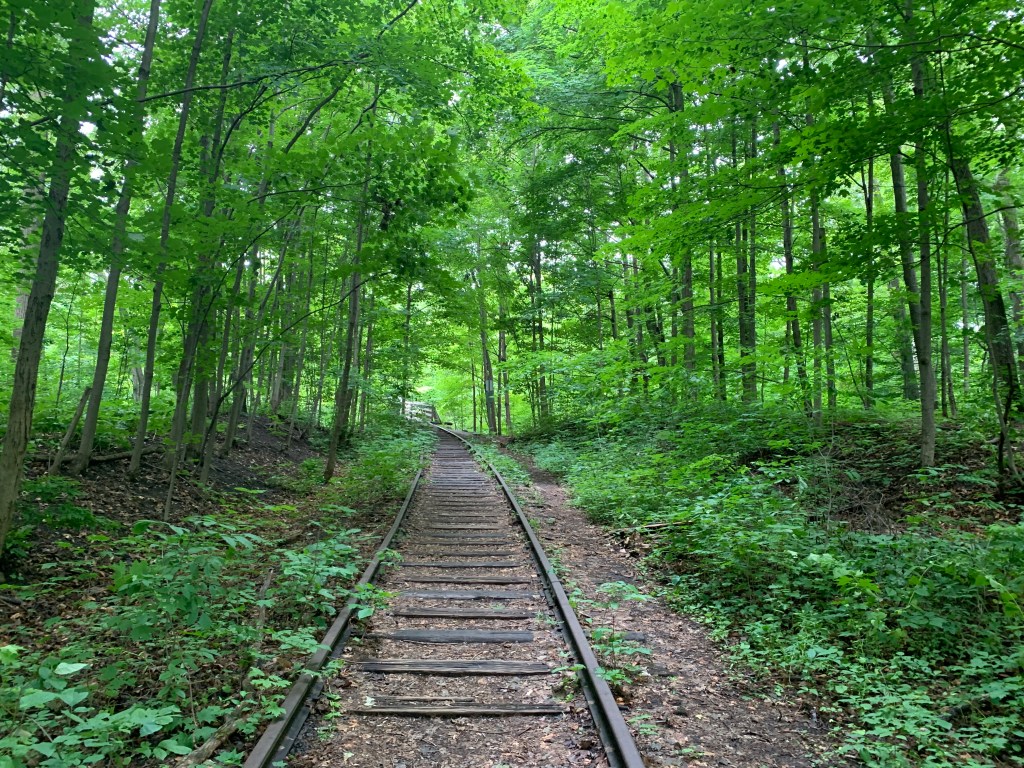
Several areas of the forest floor were covered in clusters of White Worm Coral fungus which grows between July and September and is considered edible. The white fingers are quite brittle but become almost translucent when wet.

As you make your way around the far end of the mill pond you come to the John Sproat House which was built in the Georgian style in 1857. This stone home was originally built as a Ladies Seminary Educational Residence but was later used as a private residence. One prominent owner of the house was P. L. Robertson who was the inventor of the Robertson Head Screw.
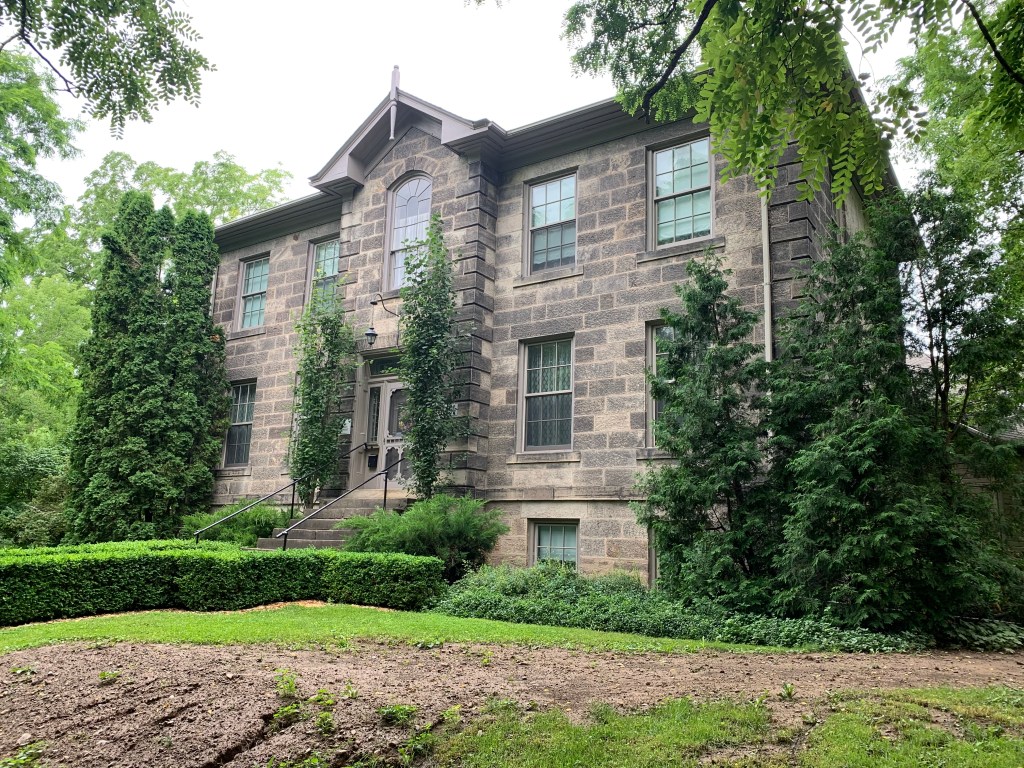
Orange Mycena mushrooms grow in tight little clusters on deciduous wood and are quite common in Southern Ontario. While this species might have some antibacterial properties, it is also known to be a mutagen which can cause genetic mutations that result in cancer.

Founding father Jasper Martin built his house across the street from the mill in 1821 making it the oldest building in town. This home has paired brackets under the eves and an ornate doorway but little other decoration. The Milton historical society has done a great job of identifying historic homes and putting small white plaques on them describing the original owner and date of construction.

I included this house which stands across the street from the mill pond because I love the style of architecture. The round tower with domed cap is Romanesque and all the accents have been done with terra cotta panels giving the home a unique look. It was built in 1892 for Richard L. Hemstreet the Presbyterian Church bought it to house their various pastors between 1924 and 1970.

The little side excursion along the old railway line towards Bronte Road leads past the rear of the P. L. Robertson Manufacturing Company. Formed in Hamilton in 1907 the factory relocated to Milton the following year and began marketing an industrial screw with a unique square drive, the first socket head screw available. The Robertson Screw was quickly implemented by Canadian manufacturing while the Phillips drive became popular in the United States. The Robertson building and properties are now vacant.
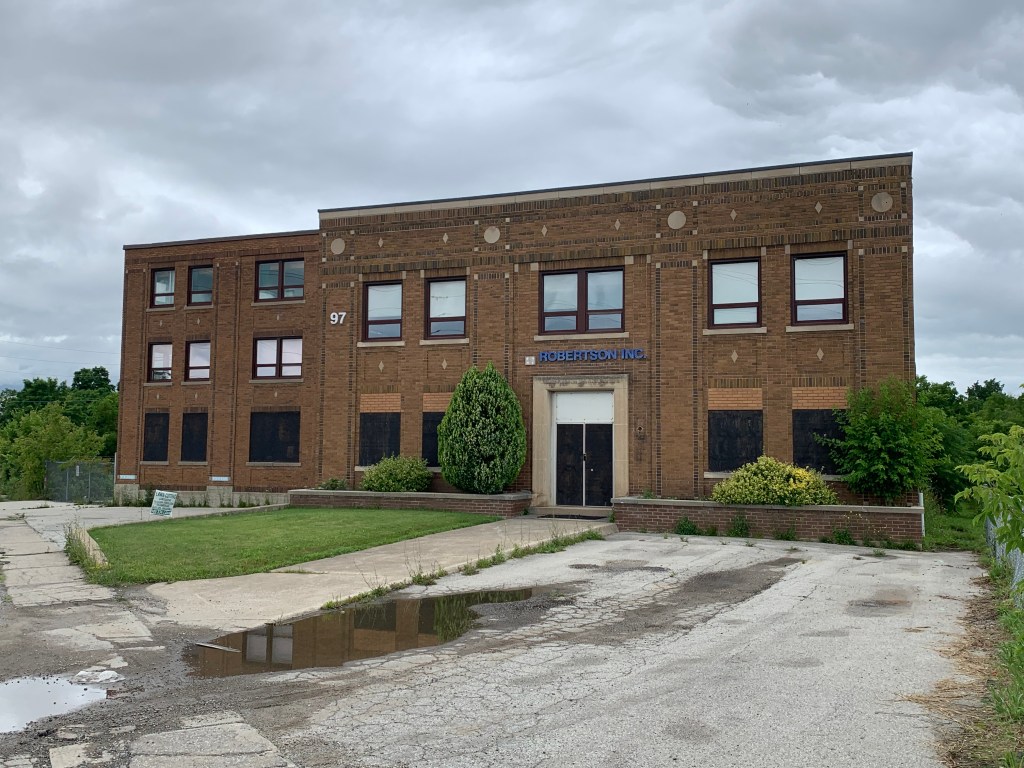
Bronte Pioneer Cemetery is a short walk north of the Robertson factory and was opened in 1824 as the final resting place of many of Milton’s pioneers. Jasper Martin, the town’s founder was buried here when he passed away in 1833. The cemetery is partially forested and has several stones hiding in a rear corner of the grounds. Many of the earliest stones have been collected into a cairn to preserve what remains of them.
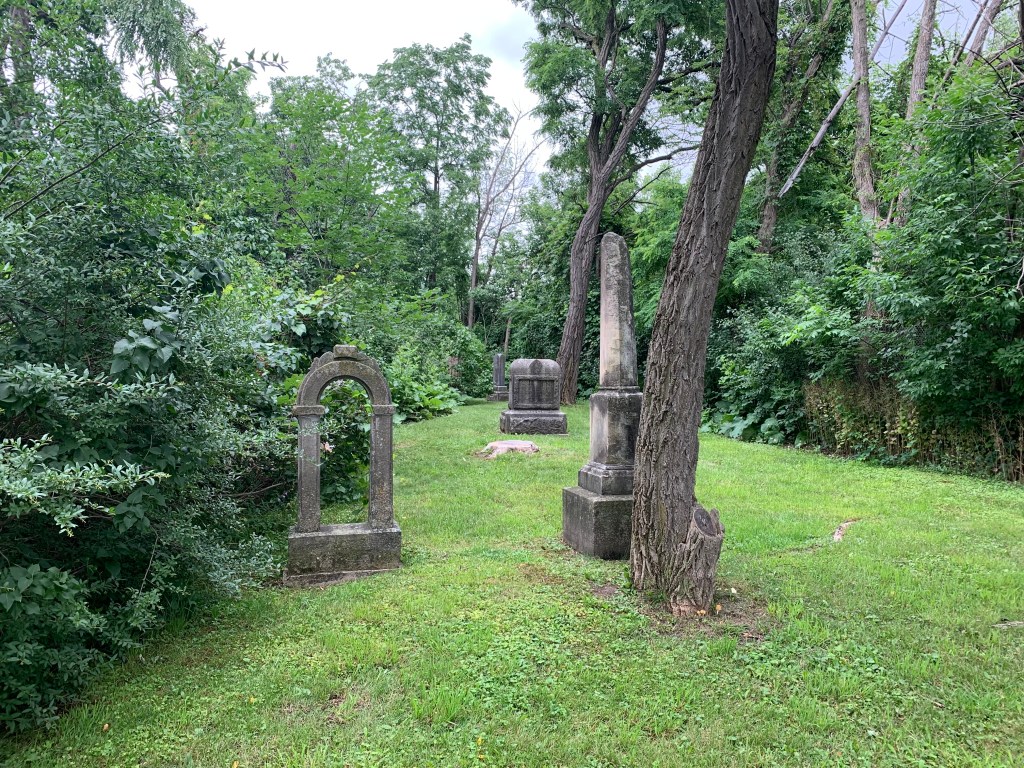
The historic mill pond is a great place to go for a quiet walk with plenty of things to see and is reported to be an excellent place to see the fall colours.
Google Maps Link: Milton Mill Pond
Like us at http://www.facebook.com/hikingthegta
Follow us at http://www.hikingthegta.com
Also look for us on instagram
